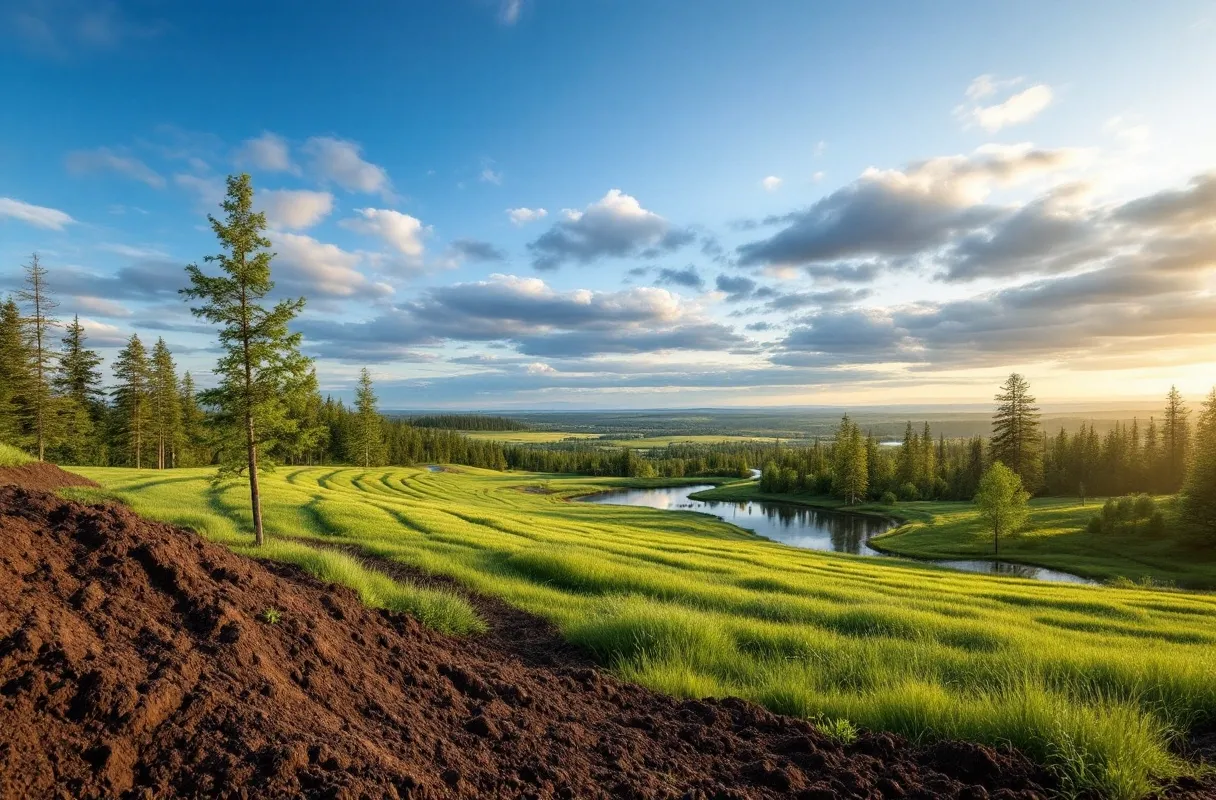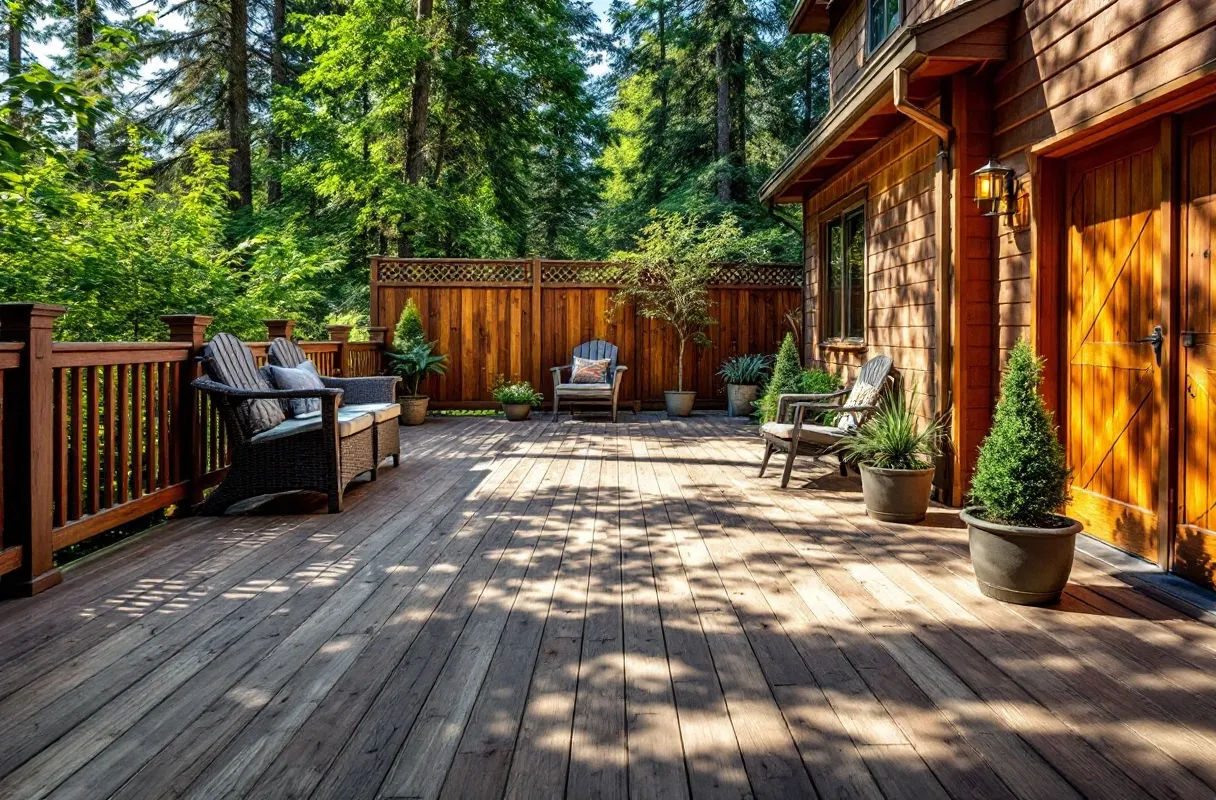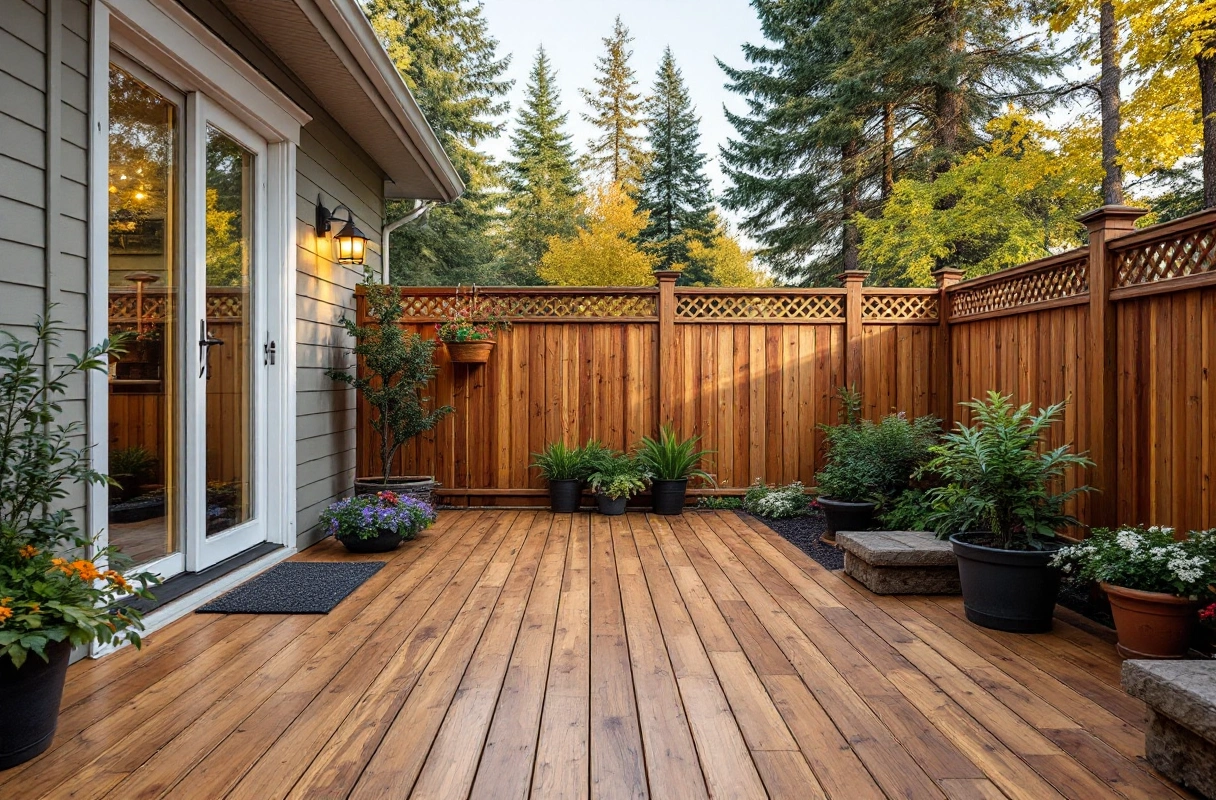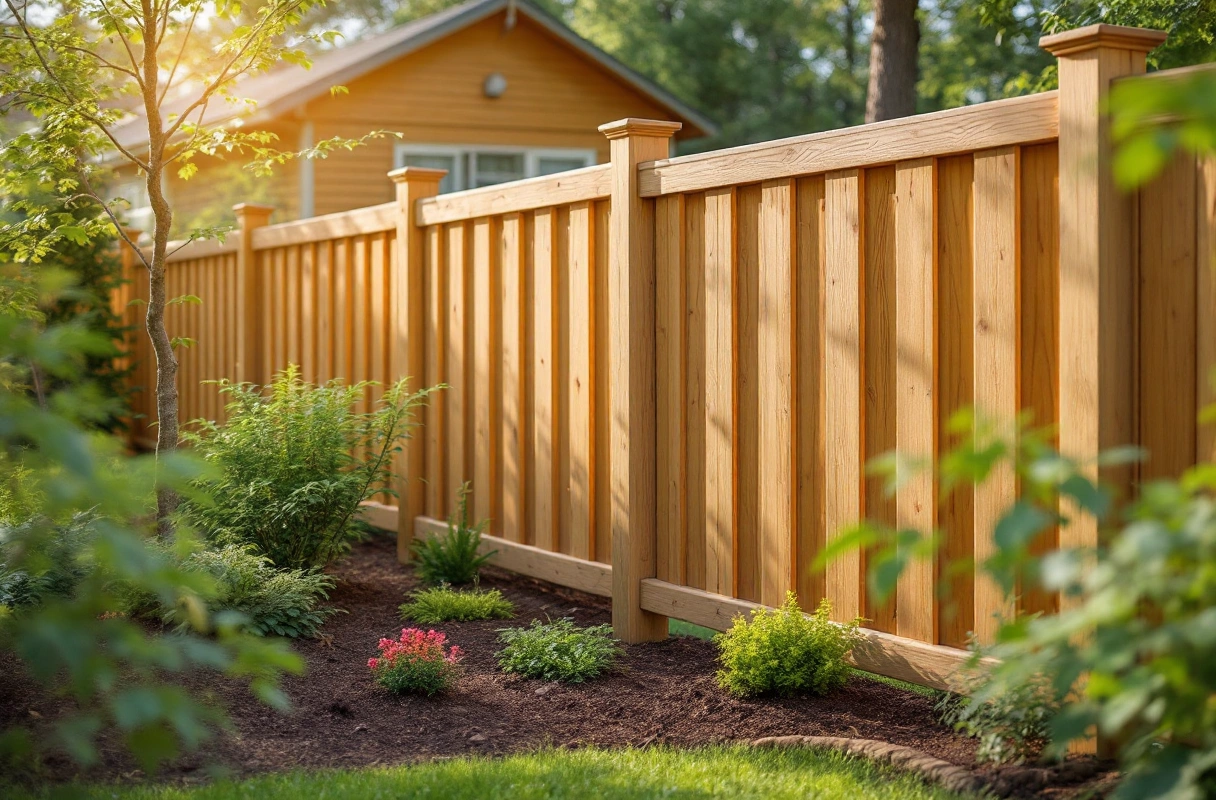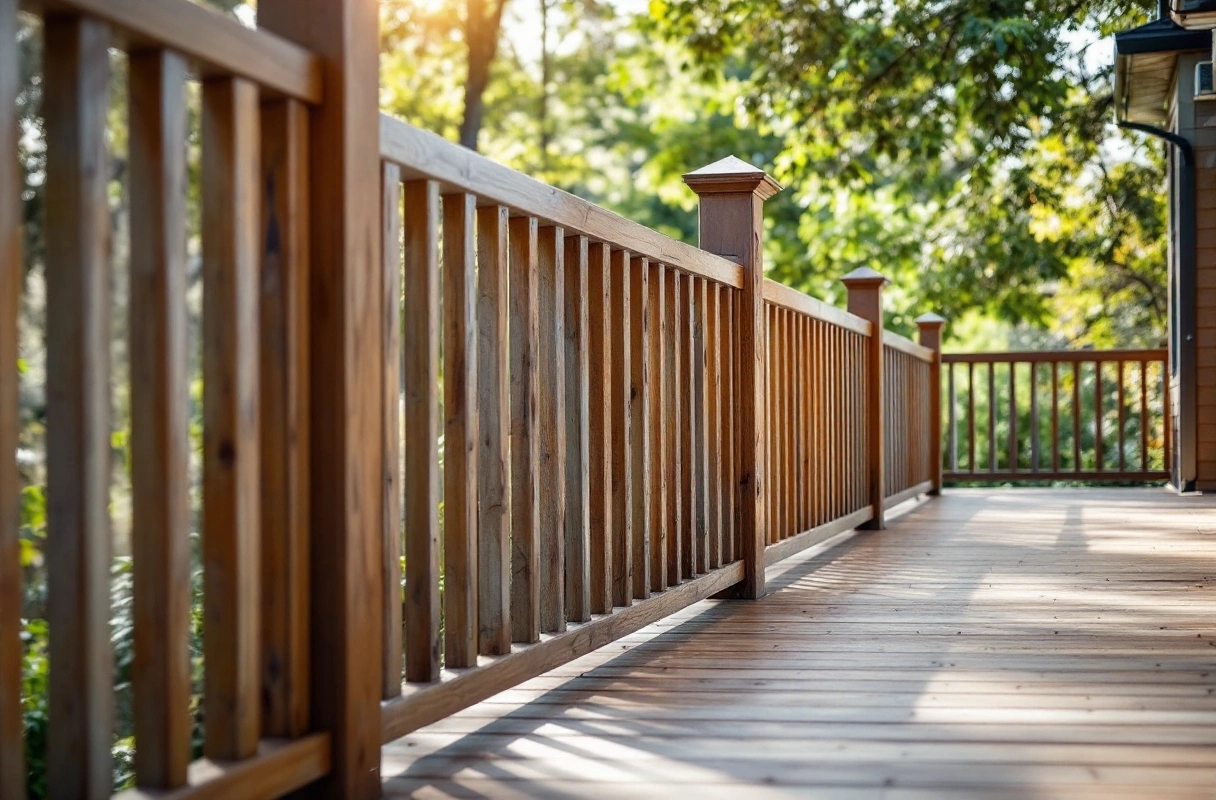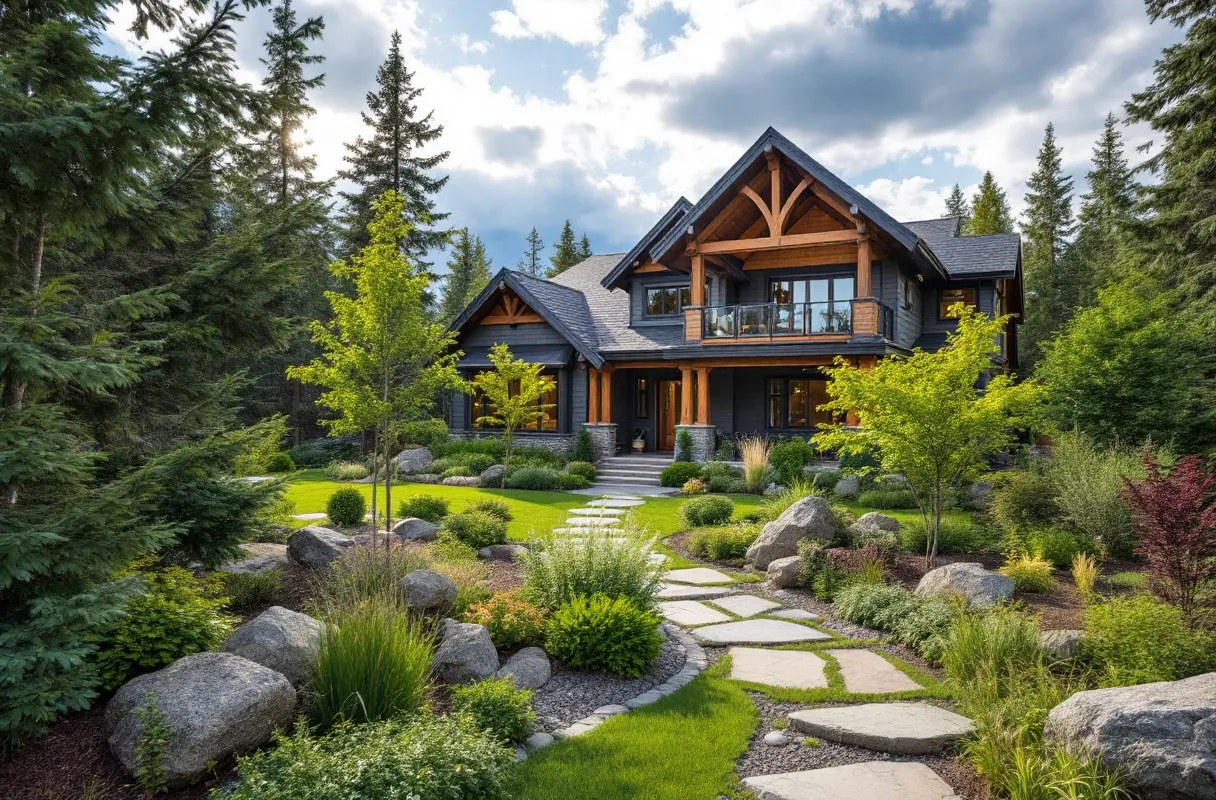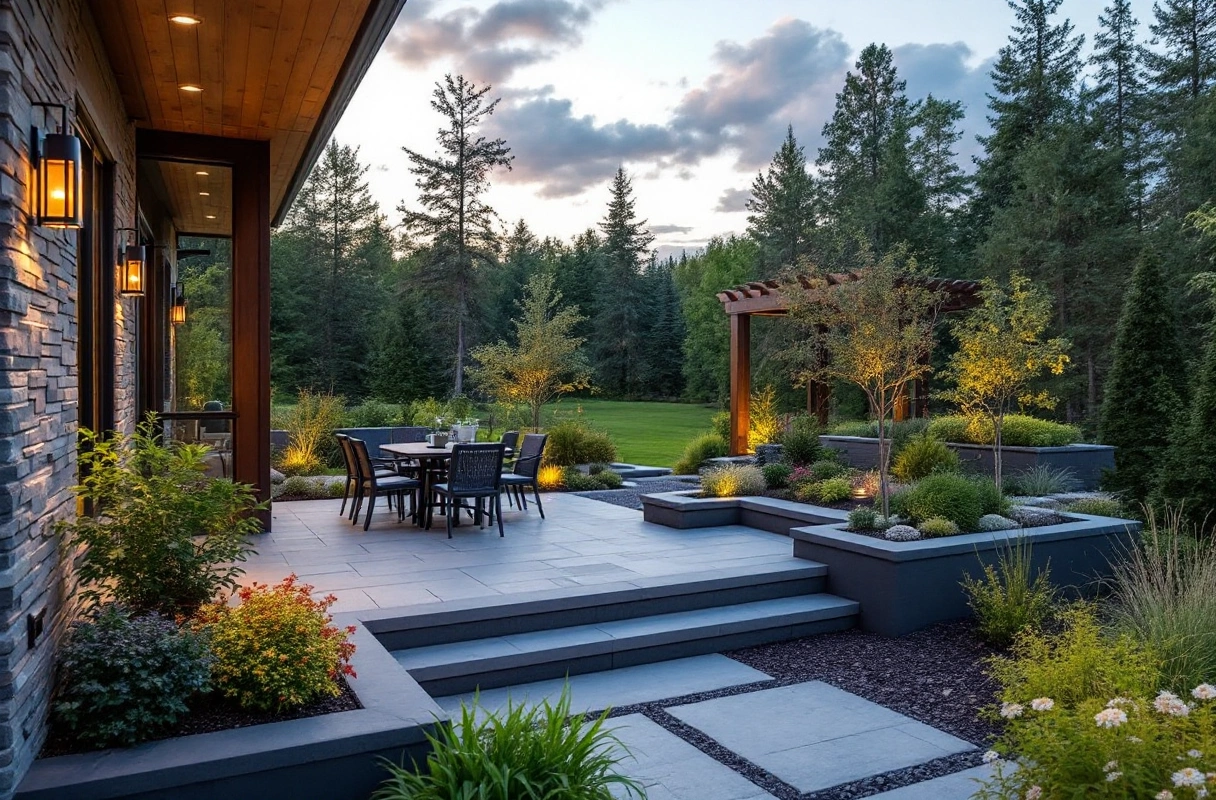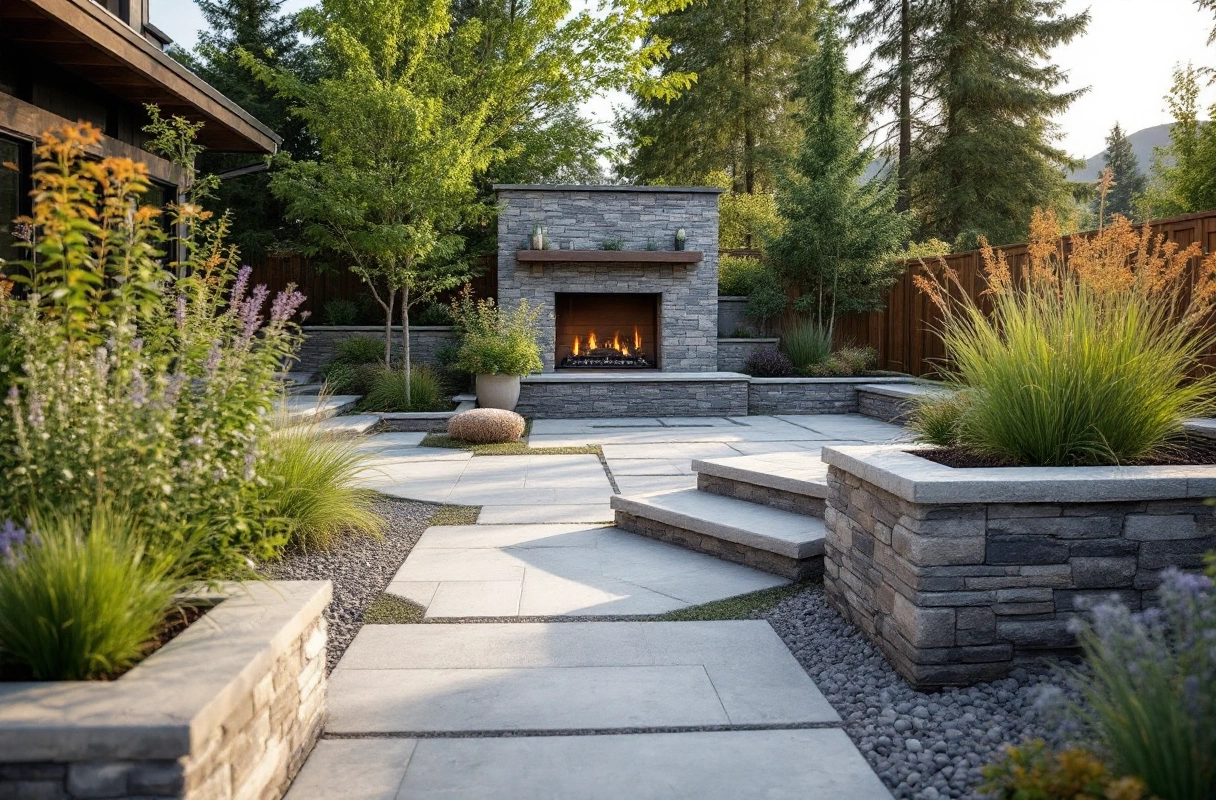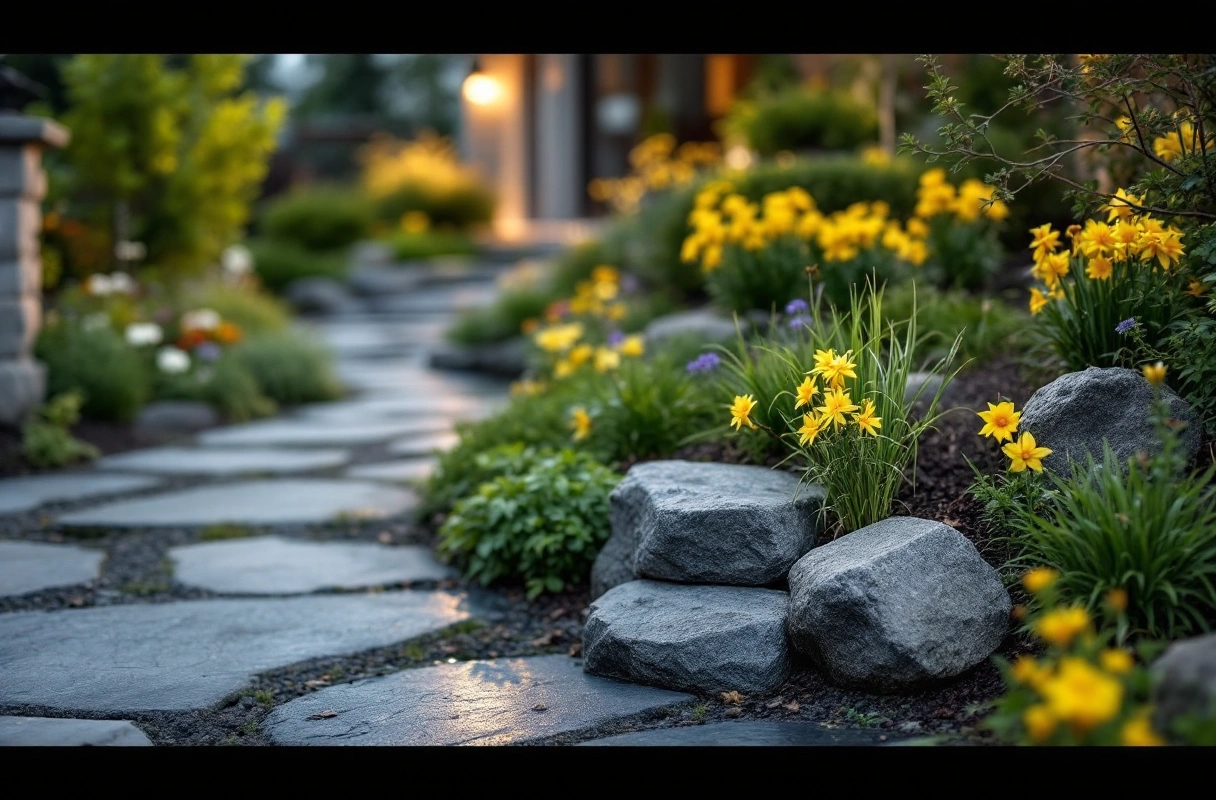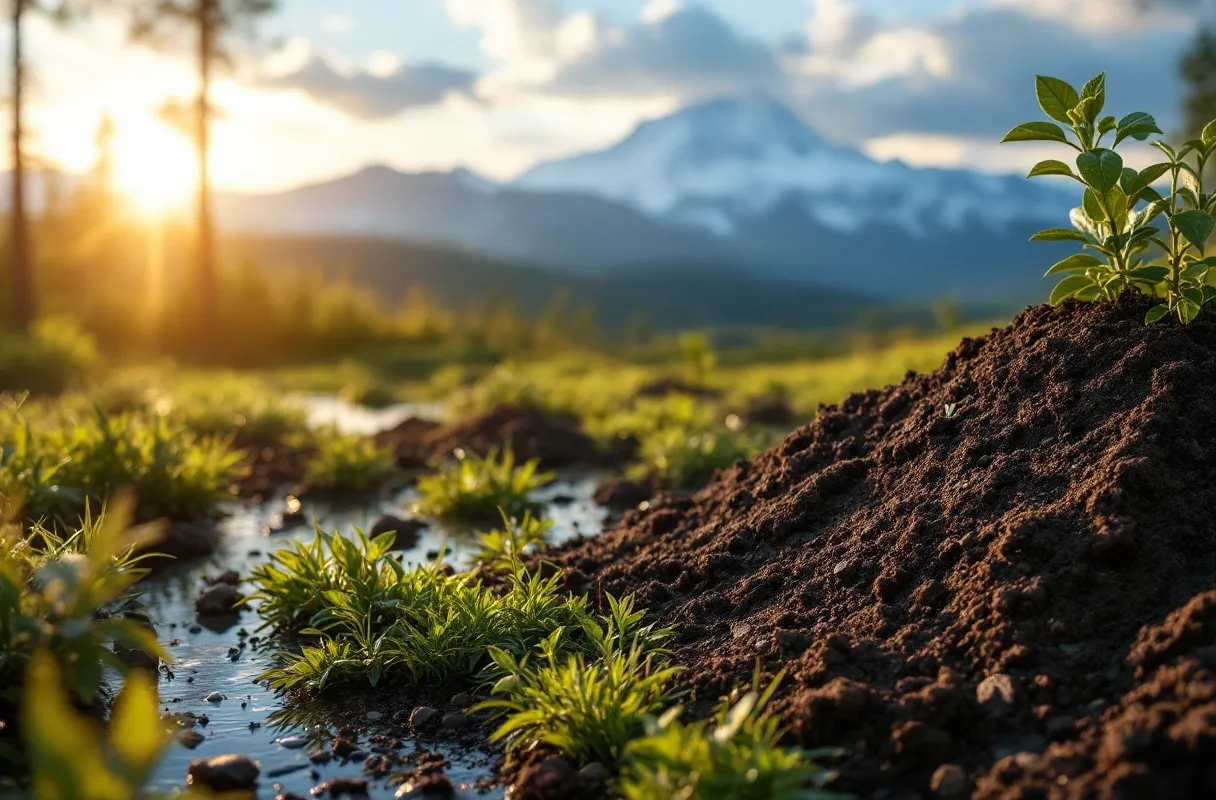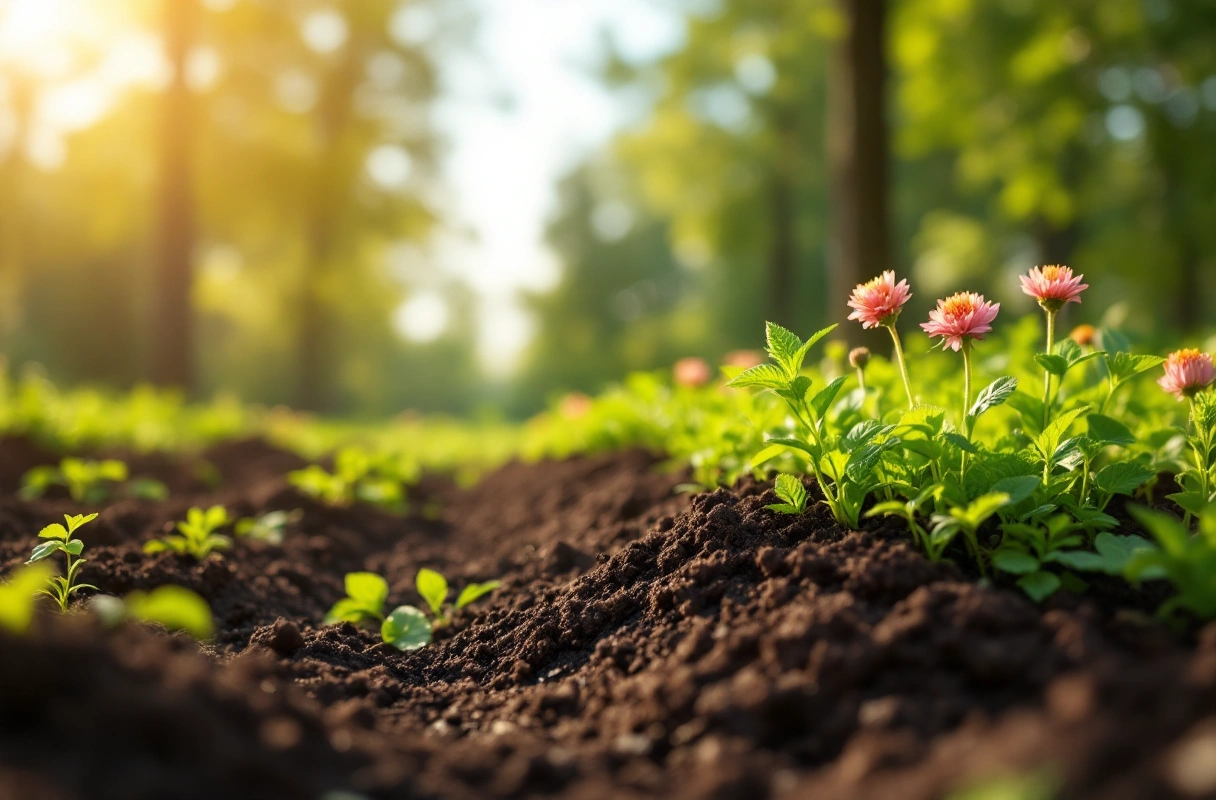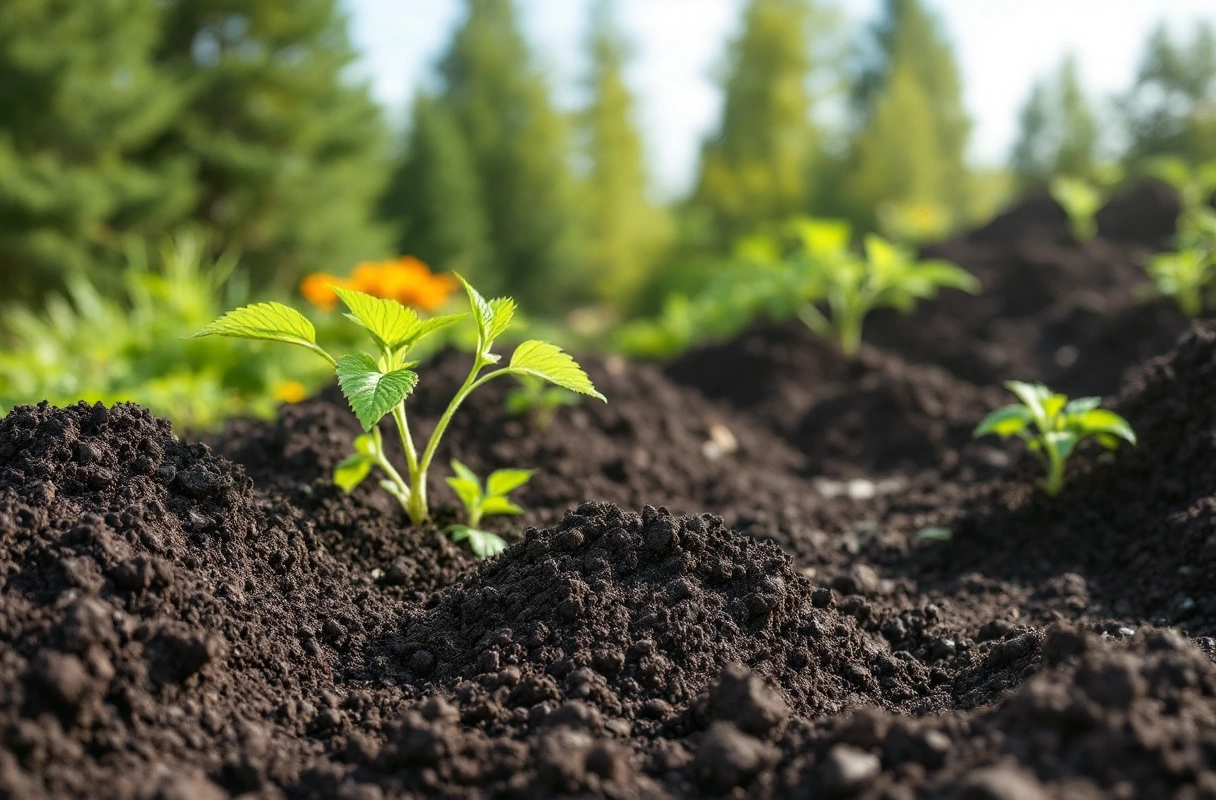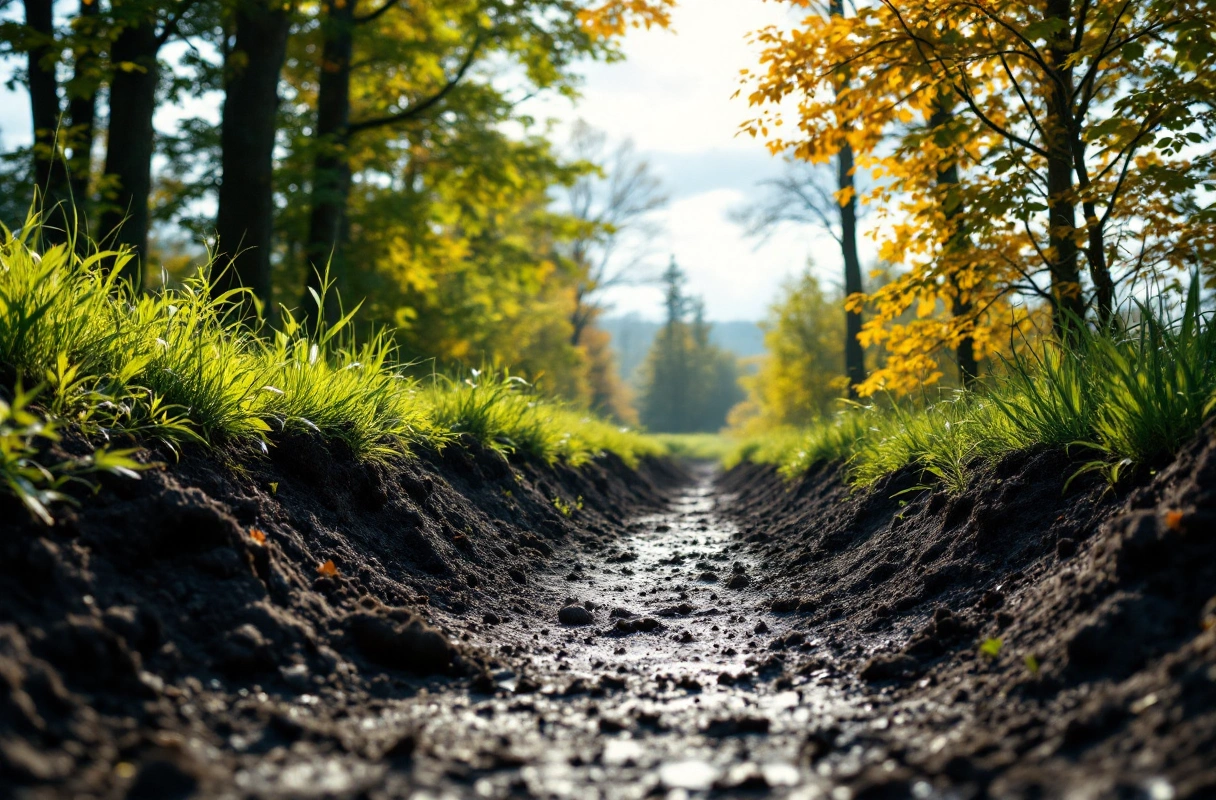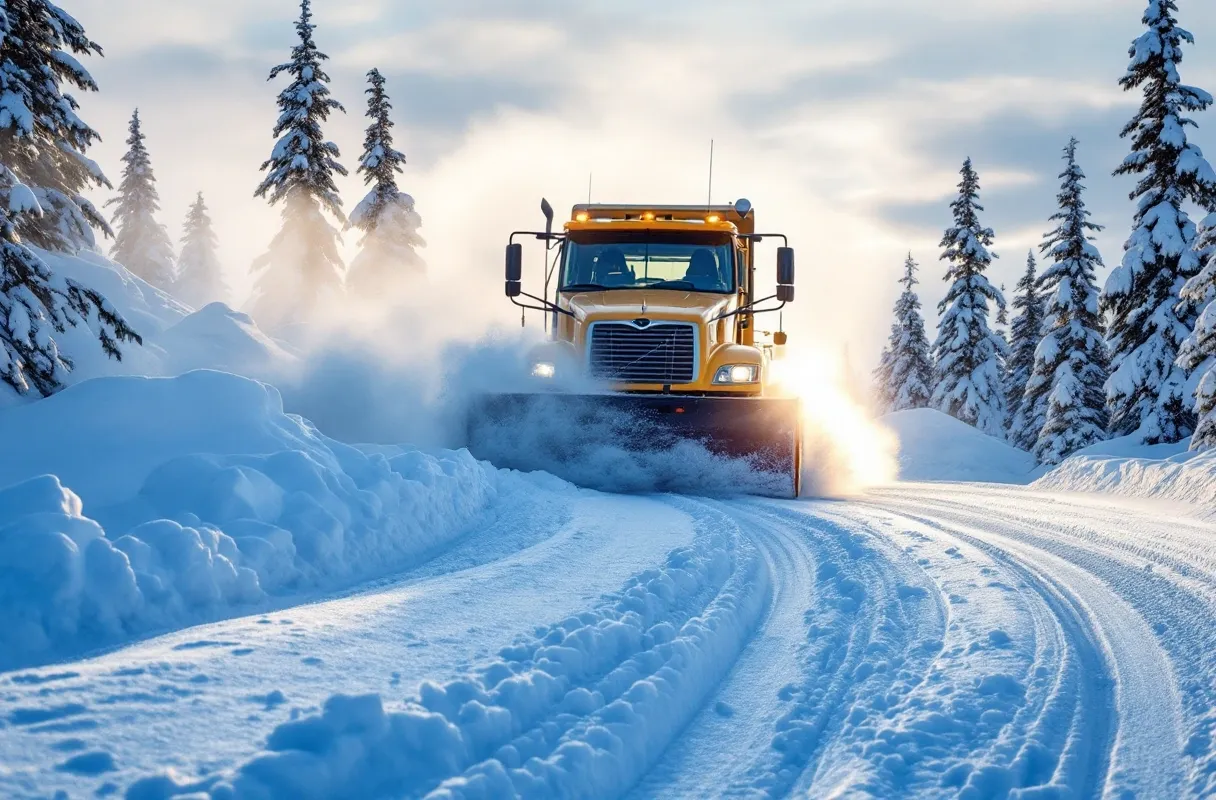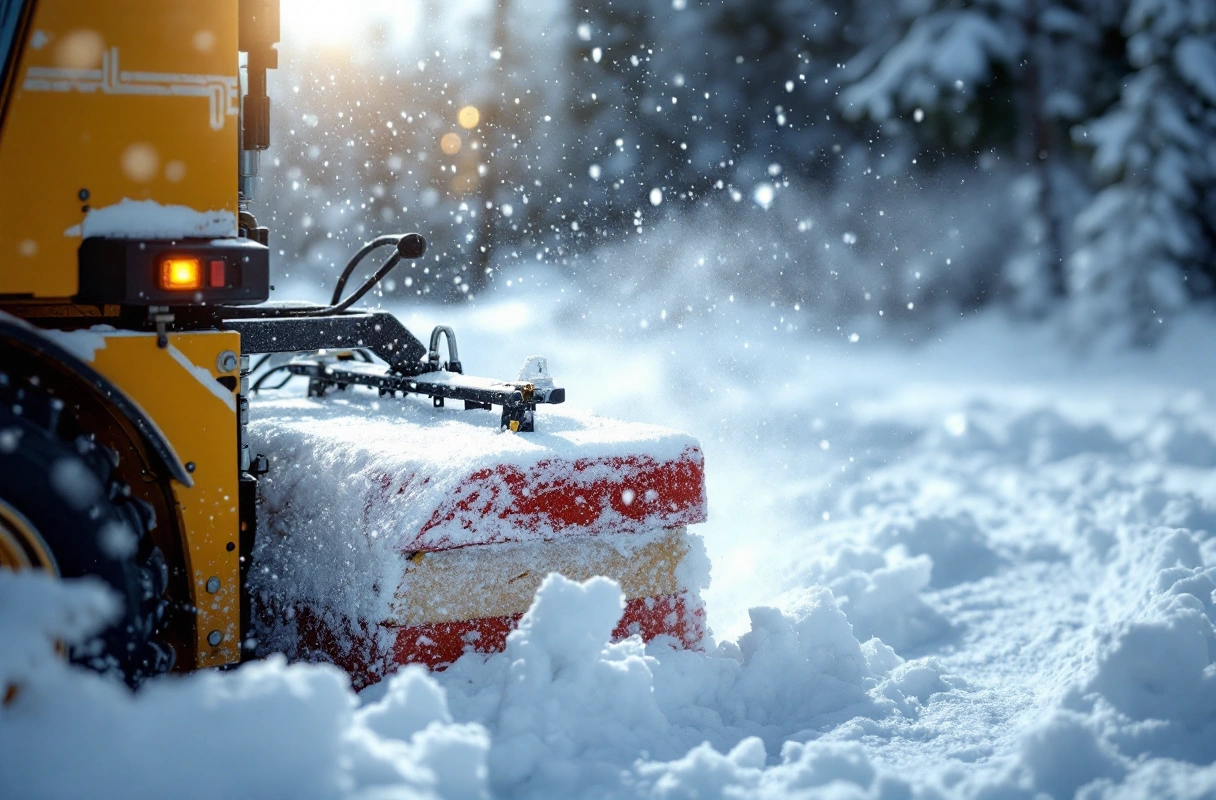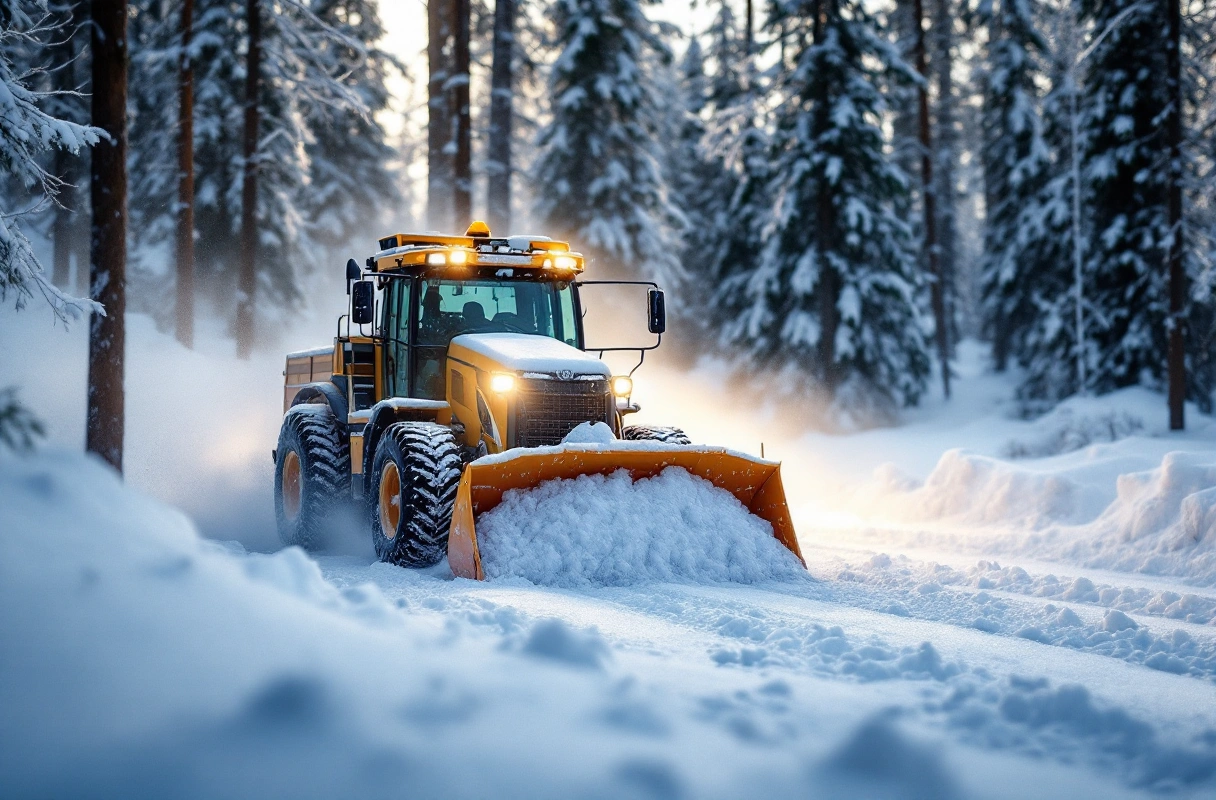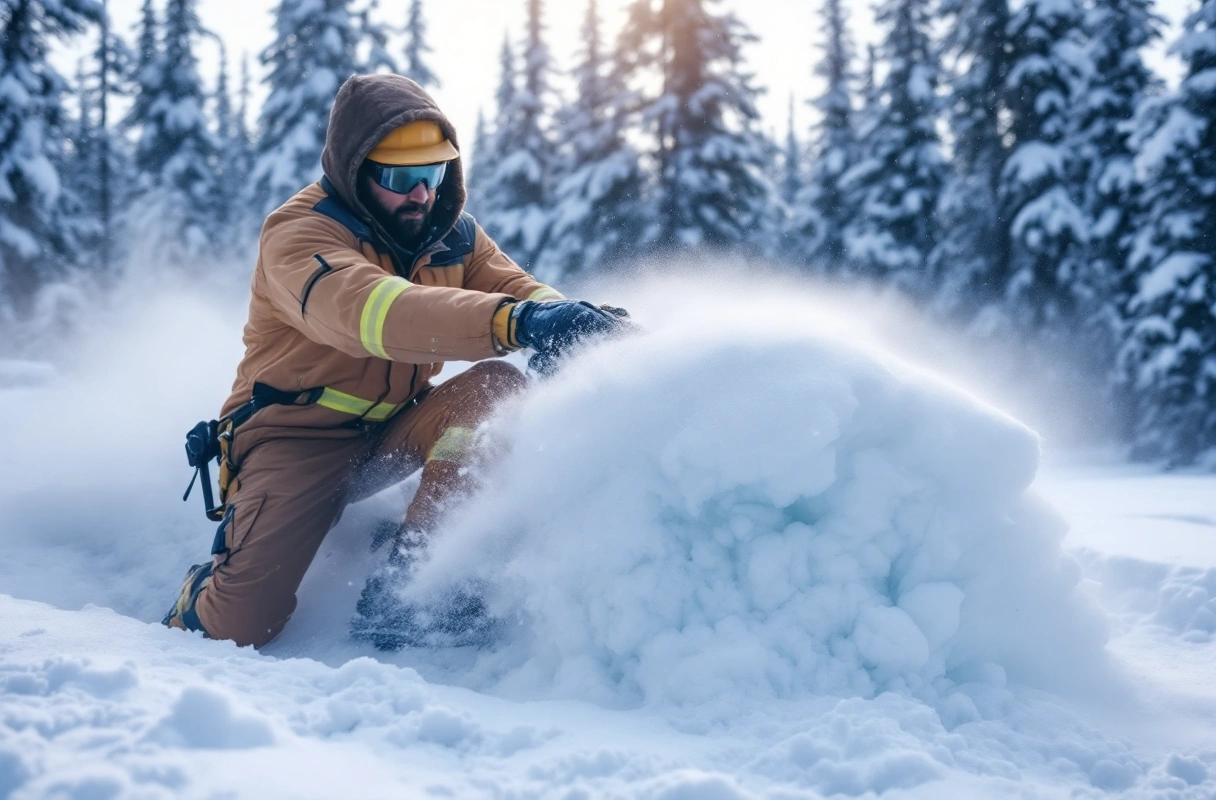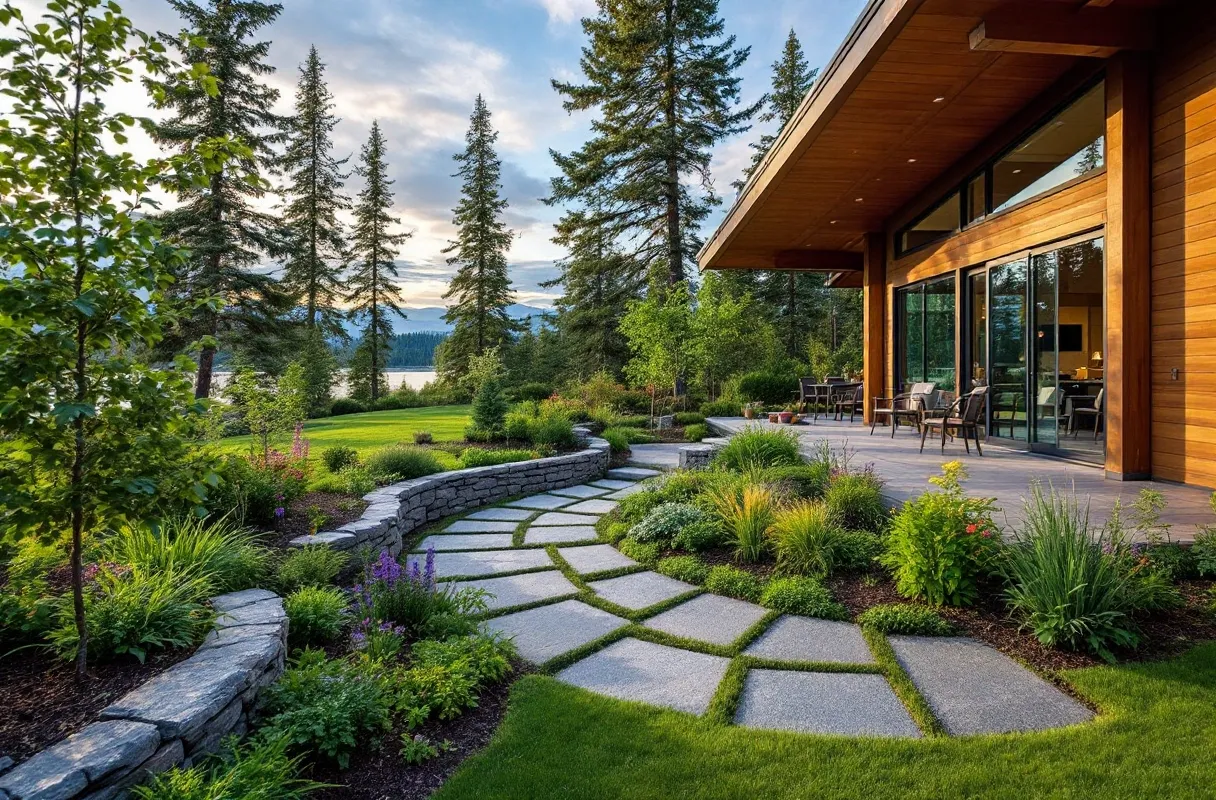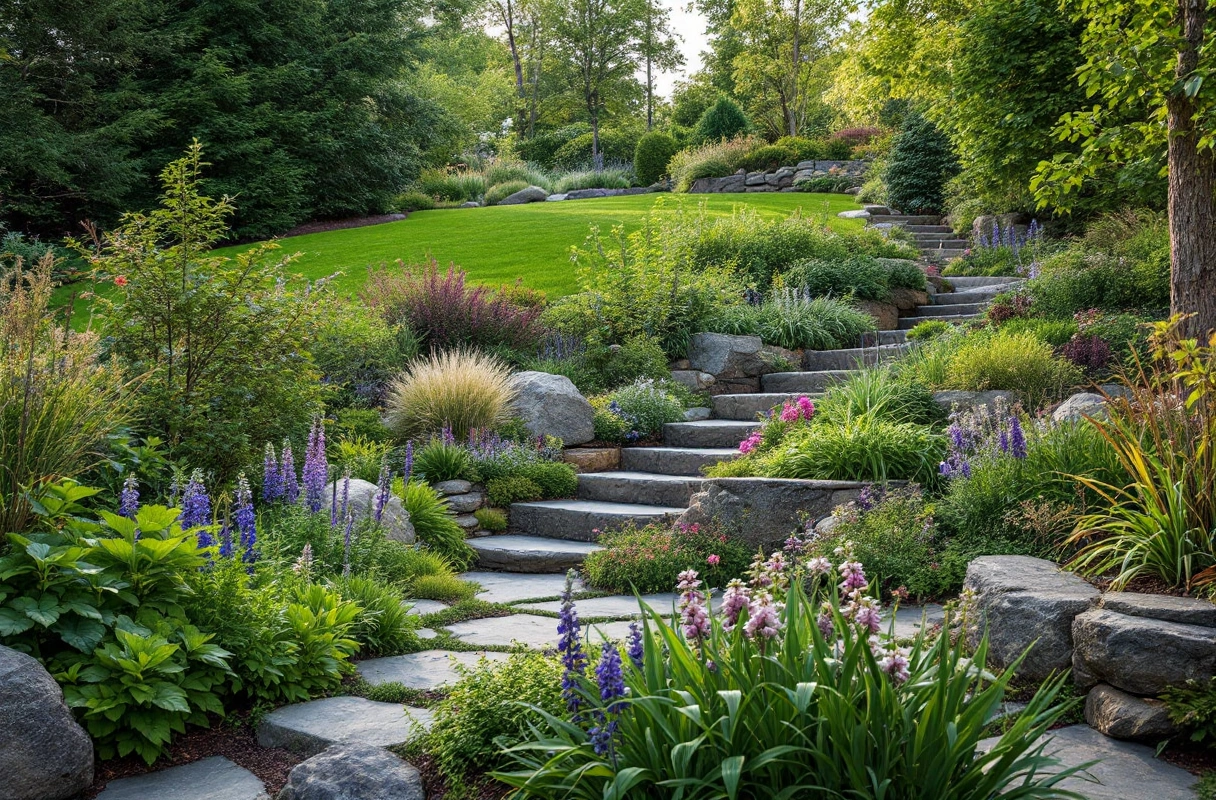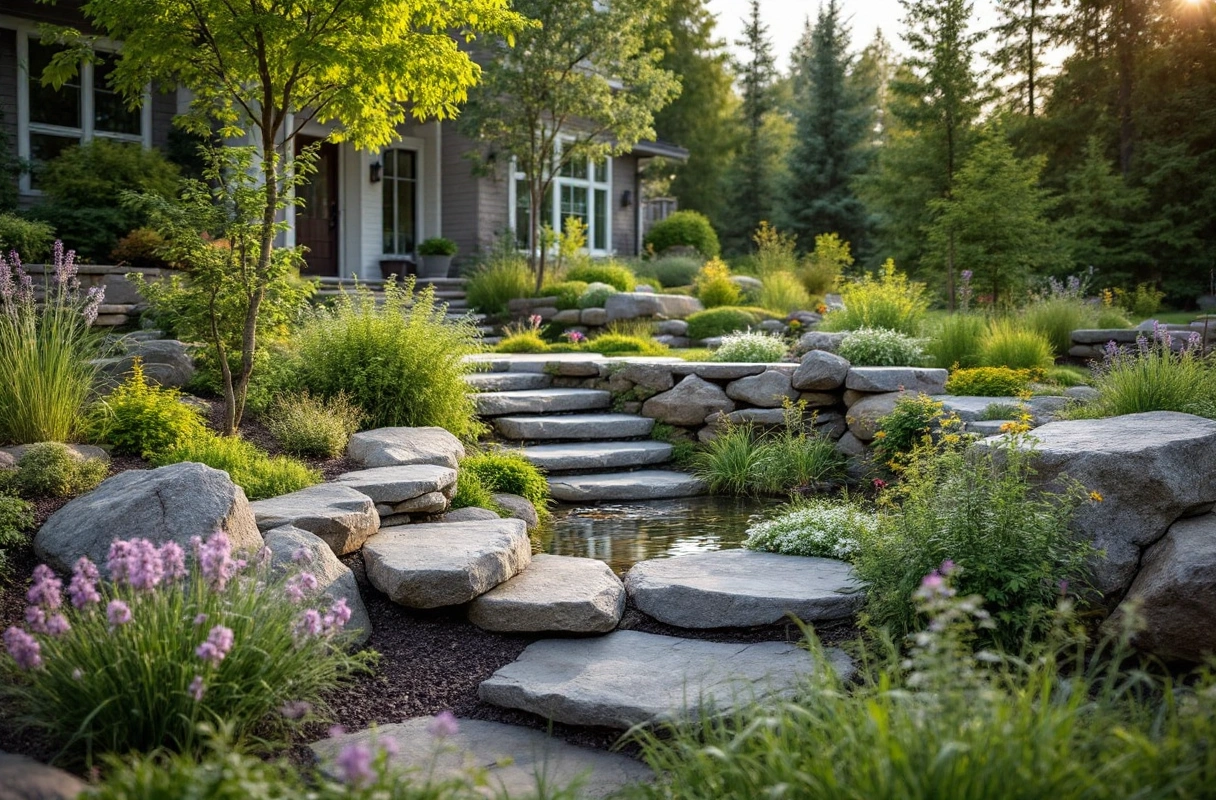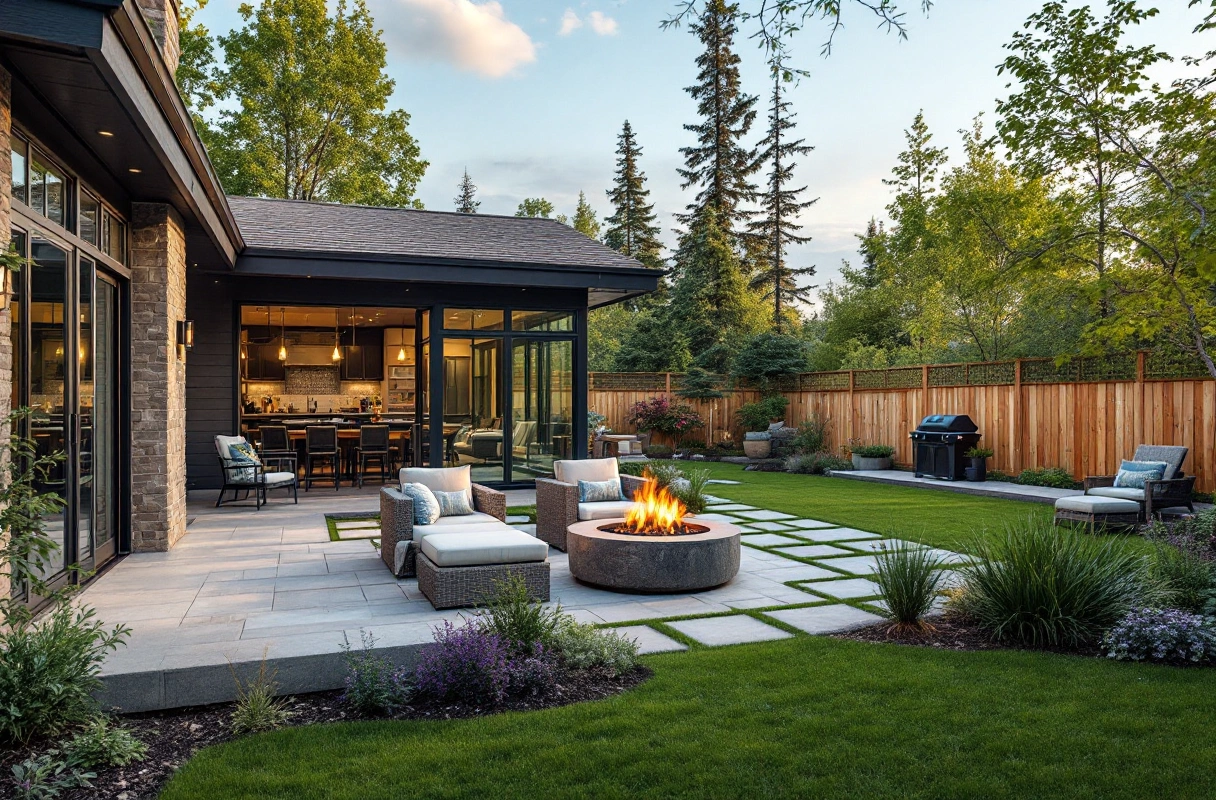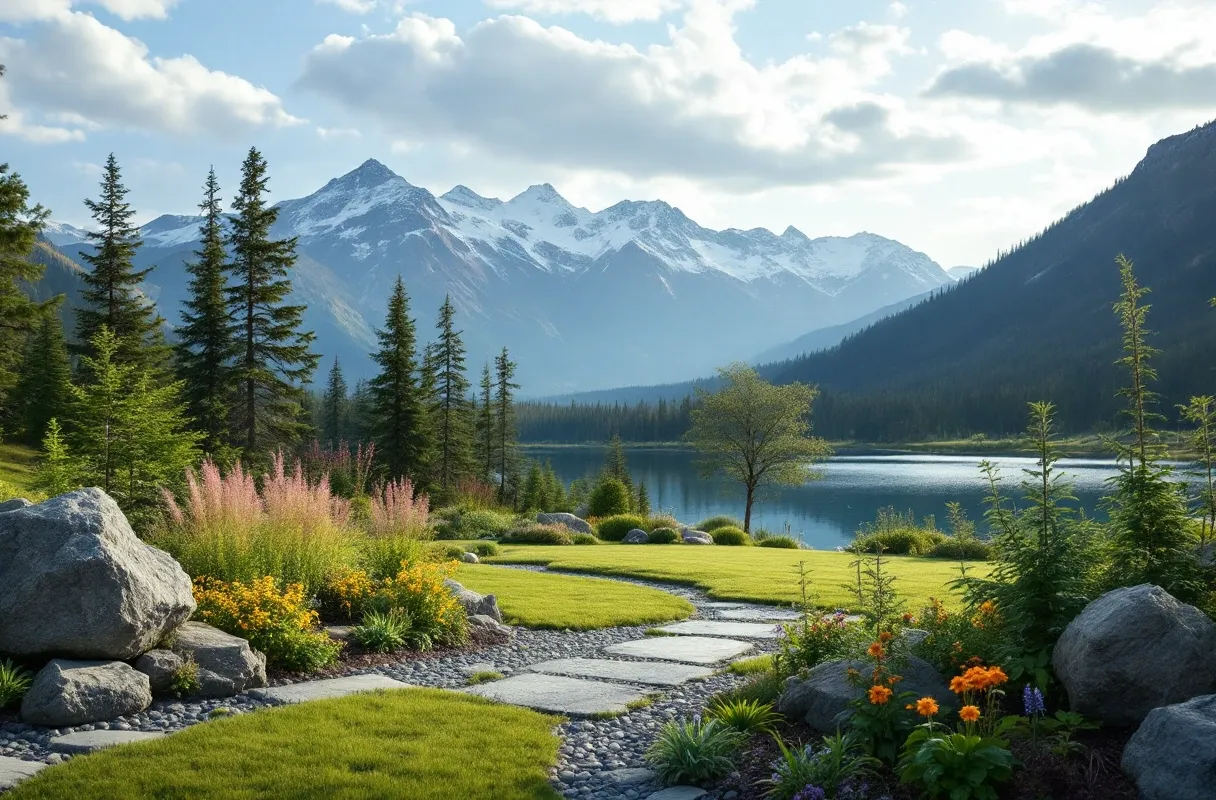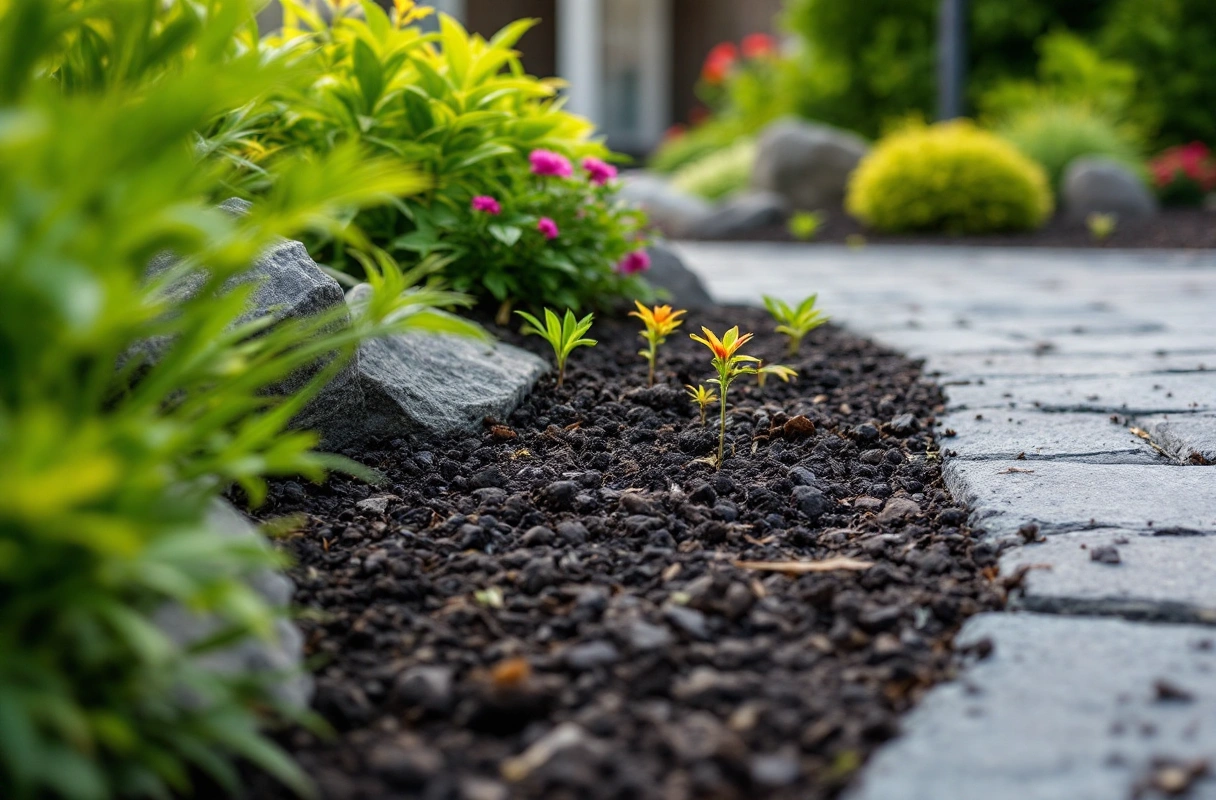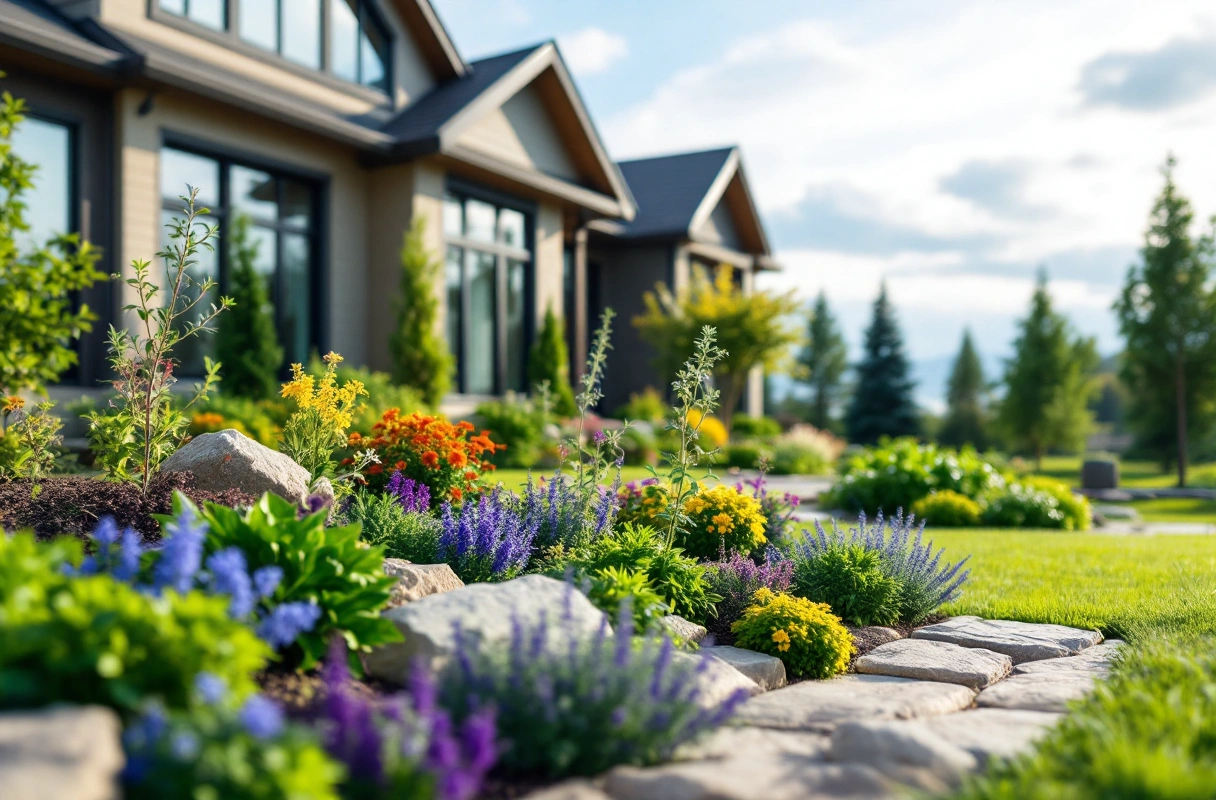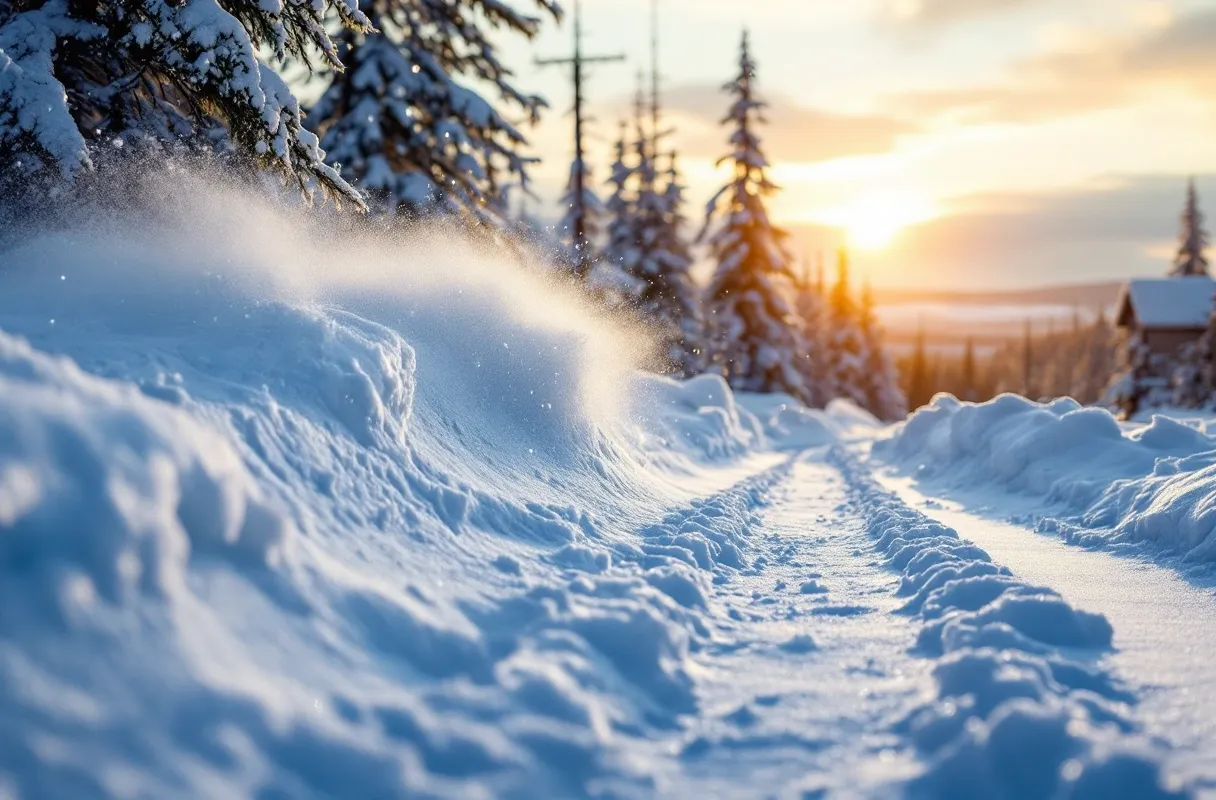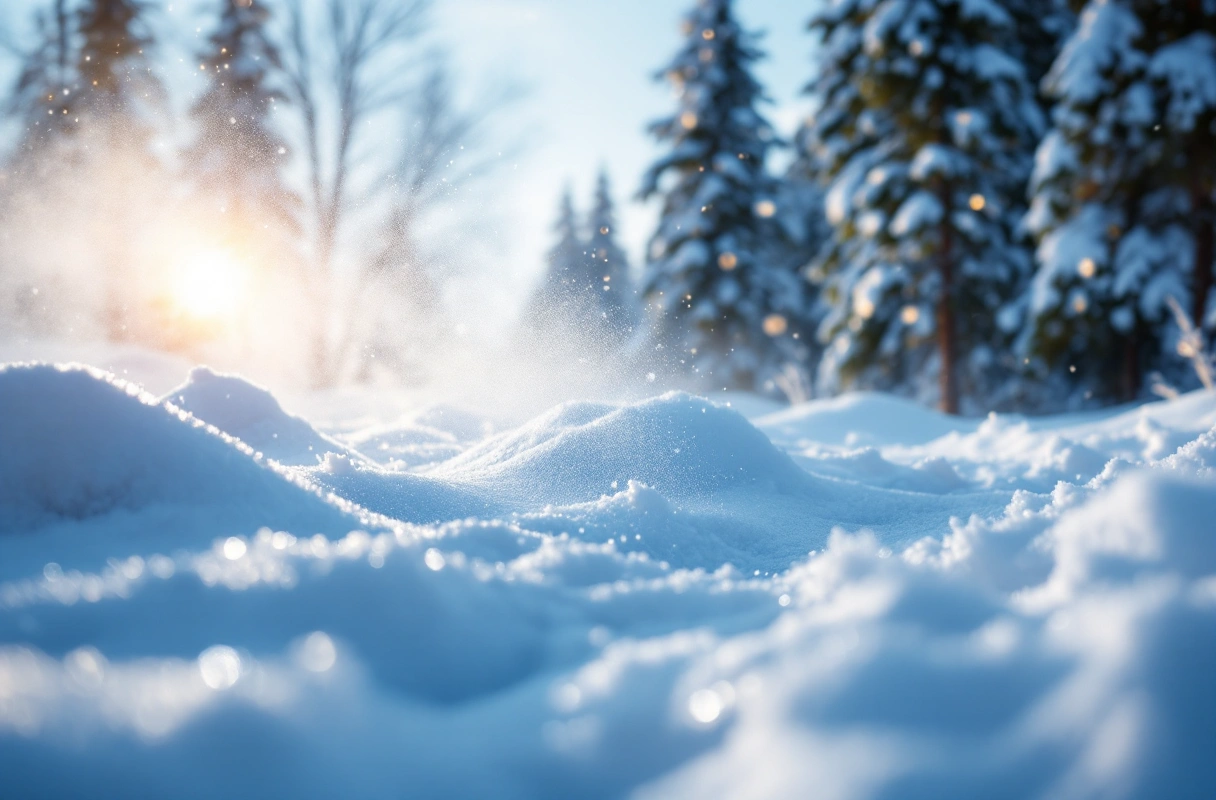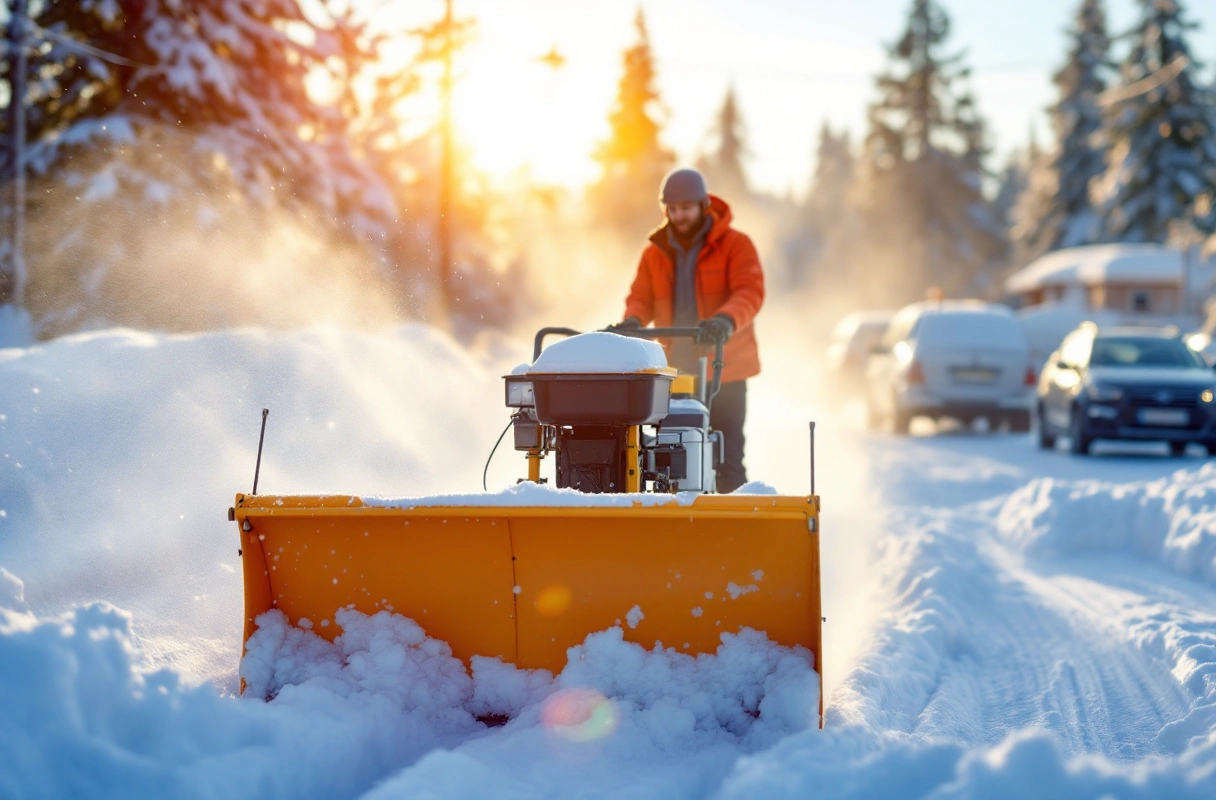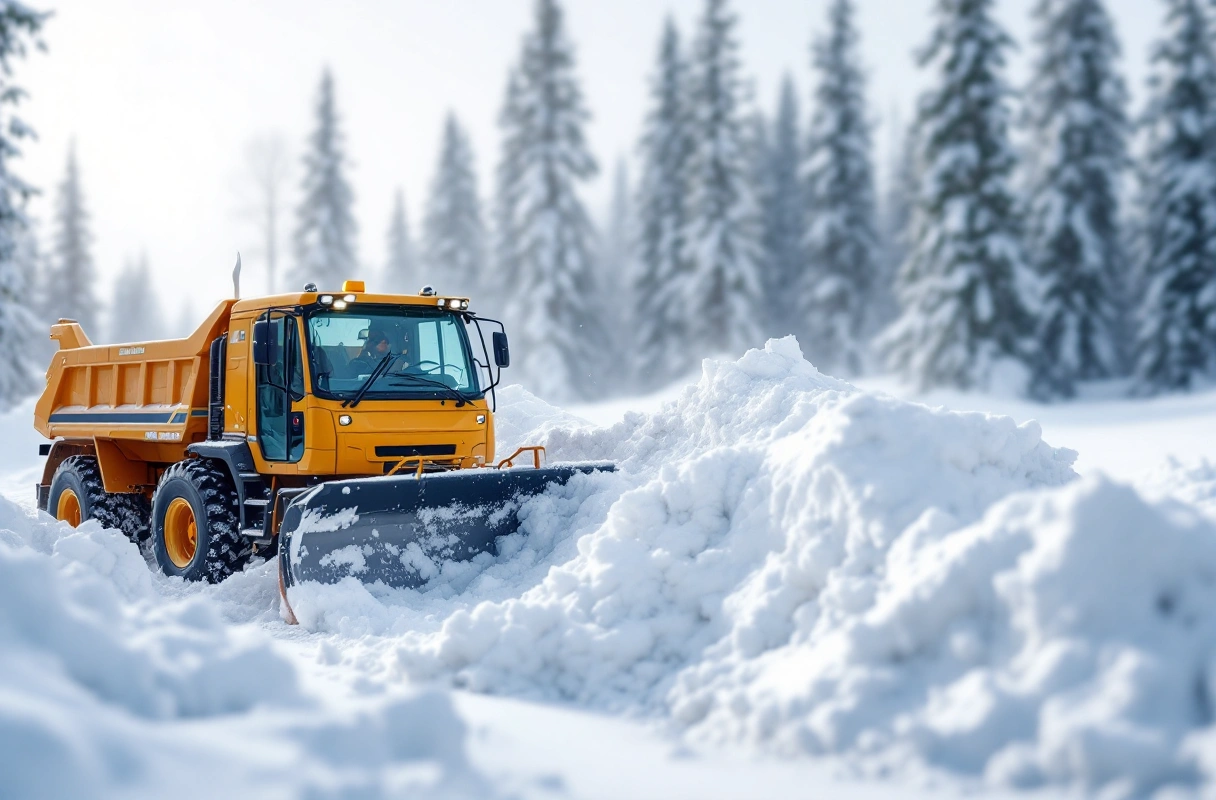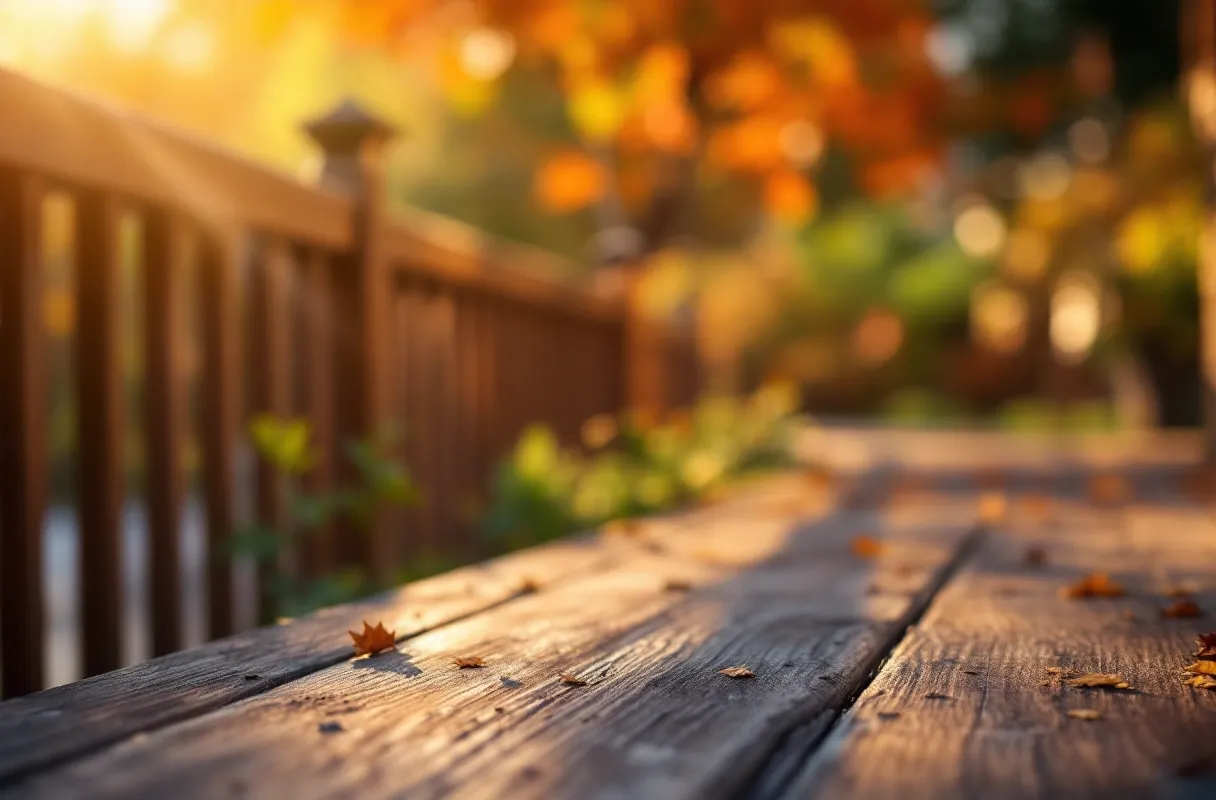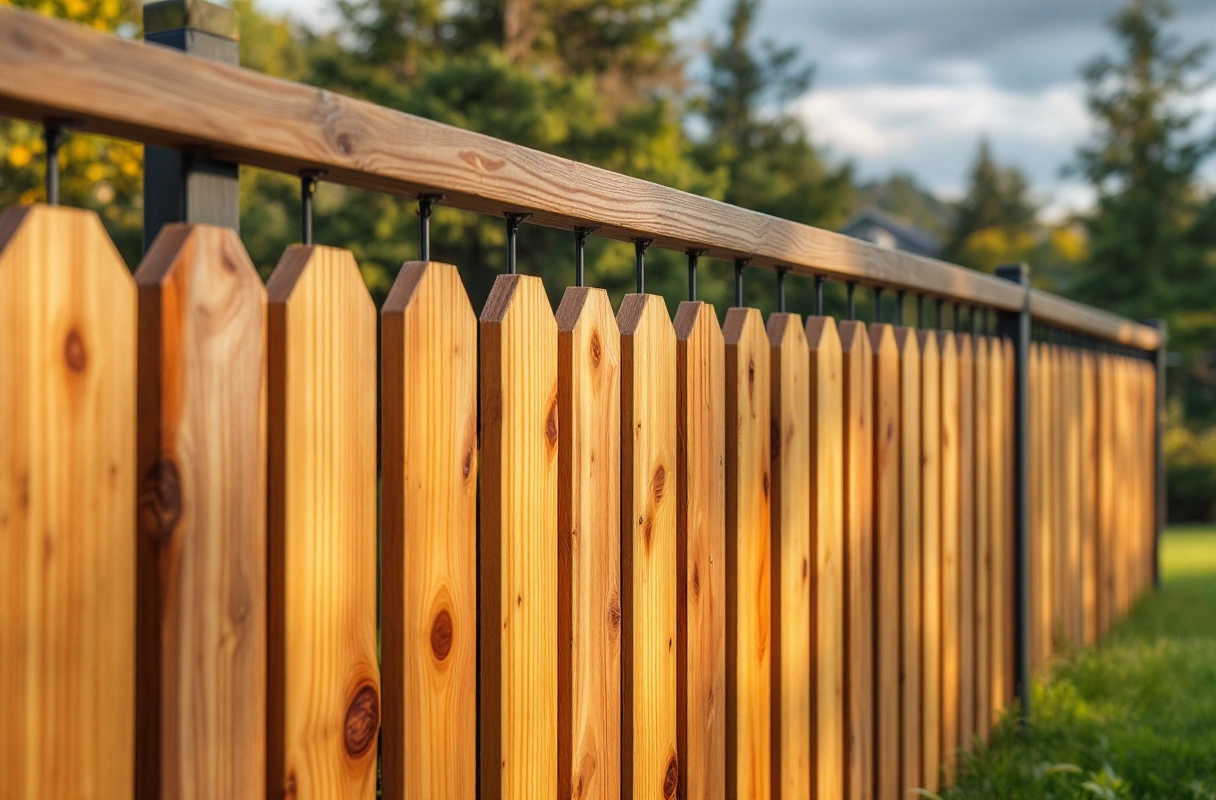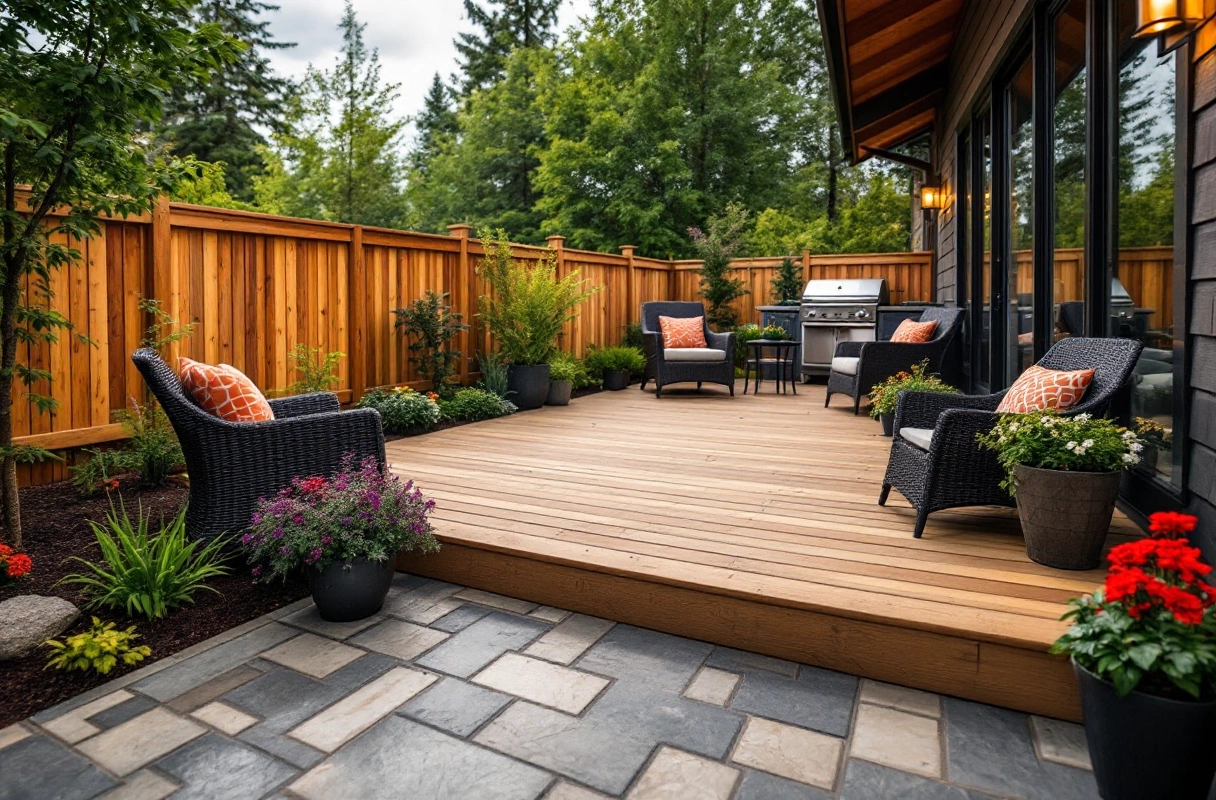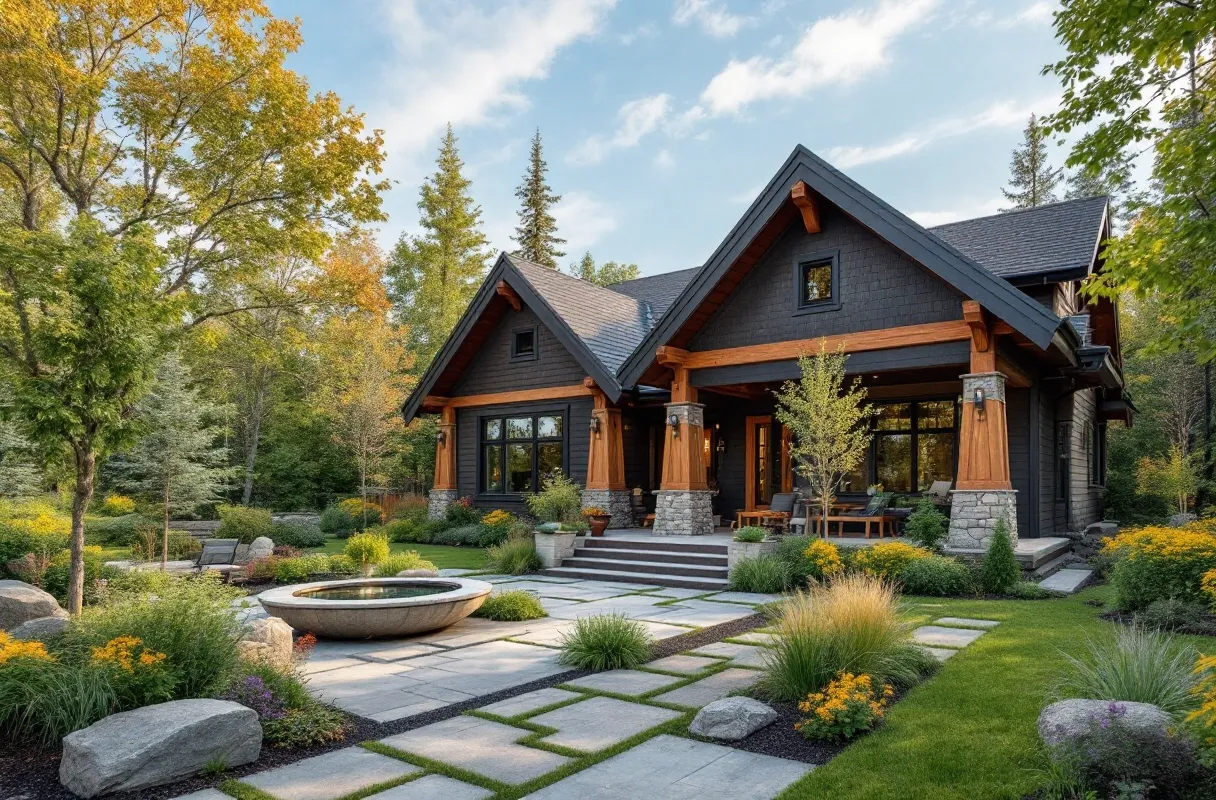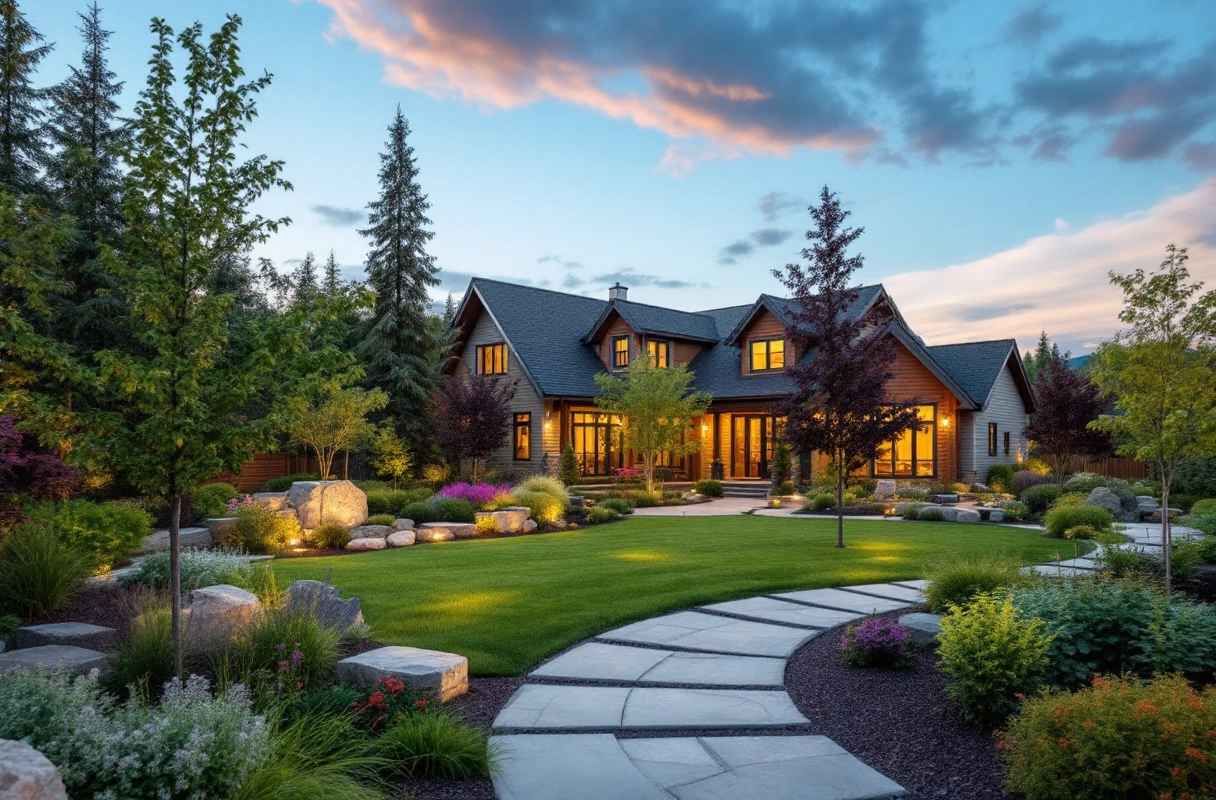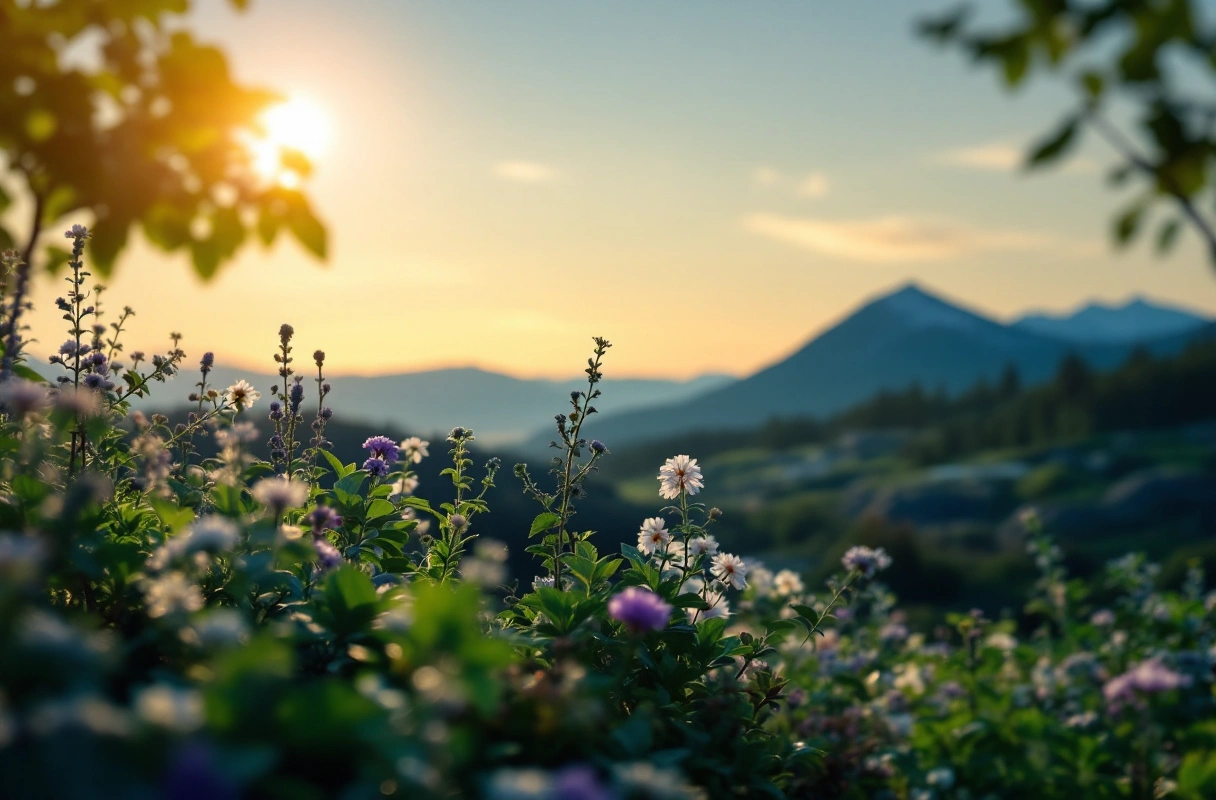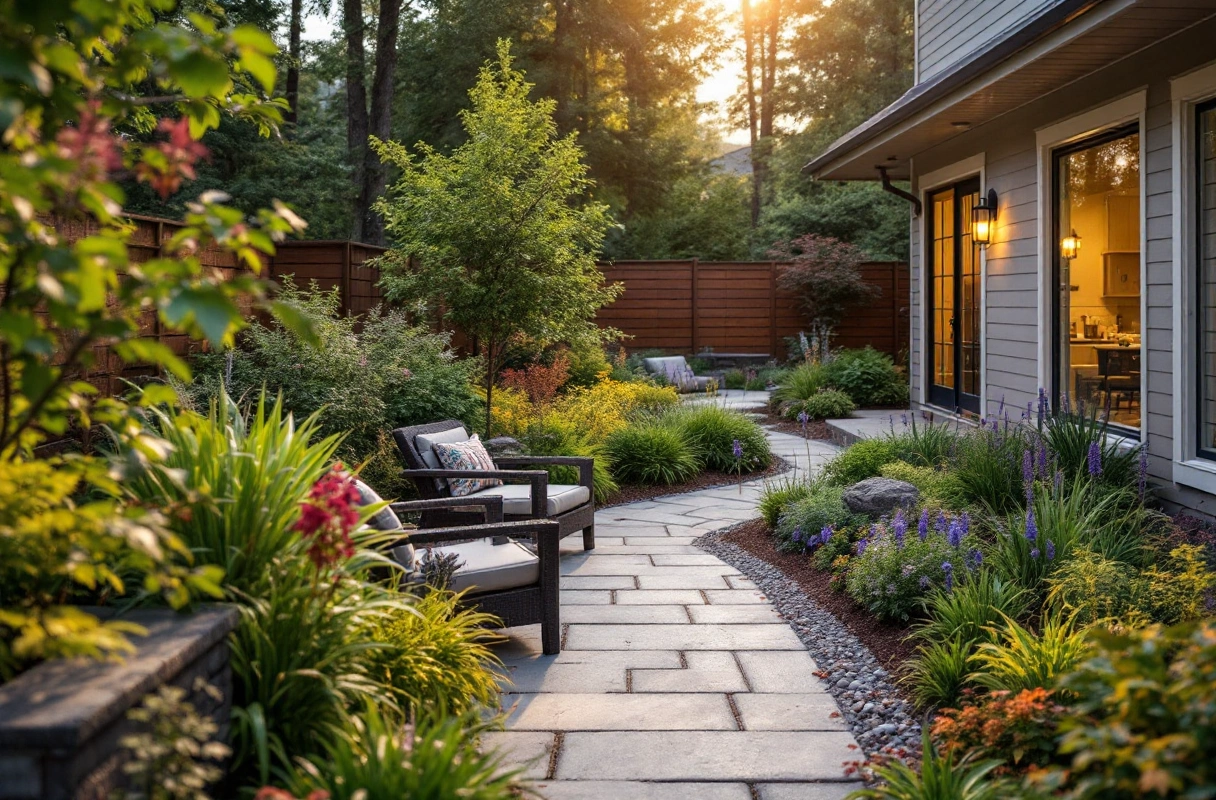Comparing Softscape and Topsoil Services in Anchorage: What to Know
The landscape of Anchorage is as diverse as its people, and homeowners are constantly looking for ways to enhance their outdoor spaces. Softscape and topsoil services in Anchorage play a critical role in achieving a beautiful and functional landscape. Understanding the differences between these services can help you make informed decisions that align with your vision for your property. This article will provide a comprehensive comparison of softscape and topsoil services, essential tips for designing a beautiful softscape, and actionable insights for homeowners in Anchorage.
Understanding Softscape and Topsoil Services
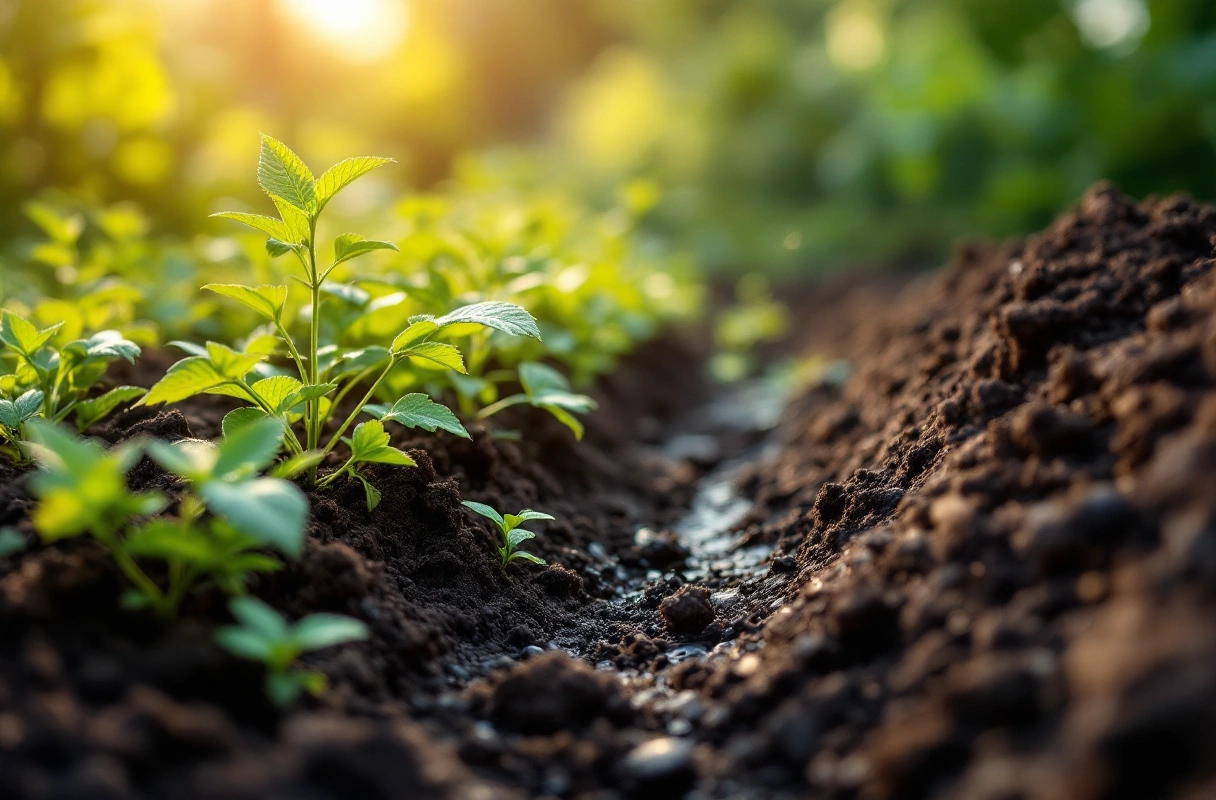
What is Softscape?
Softscape refers to the living elements of landscaping, including plants, trees, shrubs, flowers, and soil. It encompasses everything that is organic and grows in the landscape. Softscape is vital for creating aesthetic appeal, providing shade, and supporting local ecosystems. In Anchorage, where the climate can be challenging, choosing the right plants and arrangements is crucial to ensure longevity and beauty.
Softscape services typically include landscape design, plant installation, and maintenance. Professionals assess the site conditions, such as soil quality, drainage, and sunlight exposure, to recommend suitable plants that thrive in the local environment. Additionally, softscape elements can include features like flower beds, decorative borders, and natural pathways that integrate seamlessly with the overall landscape design.
What is Topsoil?
Topsoil is the uppermost layer of soil, rich in organic matter and nutrients, making it essential for plant growth. It serves as the foundation for all landscaping projects, providing the necessary nutrients for softscape elements to flourish. Quality topsoil is particularly important in Anchorage, where the cold climate can affect soil health and structure.
Topsoil services in Anchorage involve the delivery, installation, and grading of topsoil to prepare the ground for planting or construction. This service is crucial for new landscaping projects, lawn installation, and garden beds. Homeowners must choose high-quality topsoil to ensure that plants receive the necessary nutrients and have a healthy growing environment.
Key Differences Between Softscape and Topsoil Services
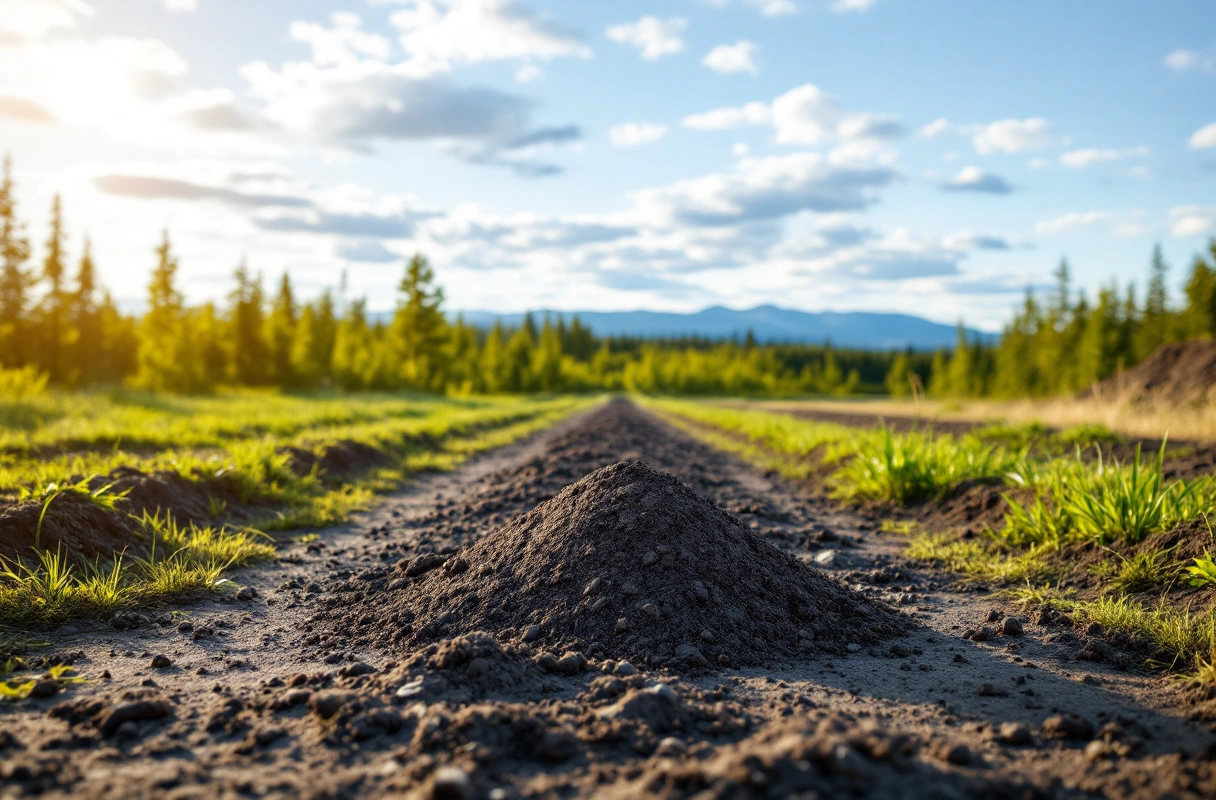
Focus and Purpose
-
Softscape services focus on the design and installation of living elements in the landscape, while topsoil services center around soil preparation and enhancement.
-
The purpose of softscape is to create visual appeal and support biodiversity, whereas topsoil is fundamental for nurturing plants and ensuring their successful growth.
Components and Materials
-
Softscape includes a variety of plants, trees, and landscaping features, while topsoil consists primarily of soil and organic matter.
-
Softscape materials may involve decorative elements like mulch, rocks, and edging, whereas topsoil is a raw material essential for planting.
Maintenance Requirements
-
Softscape requires ongoing maintenance, including watering, pruning, and pest control to keep plants healthy and thriving.
-
Topsoil maintenance involves ensuring proper drainage and replenishing nutrients, which may be necessary as plants draw from the soil over time.
Essential Tips for Designing a Beautiful Softscape
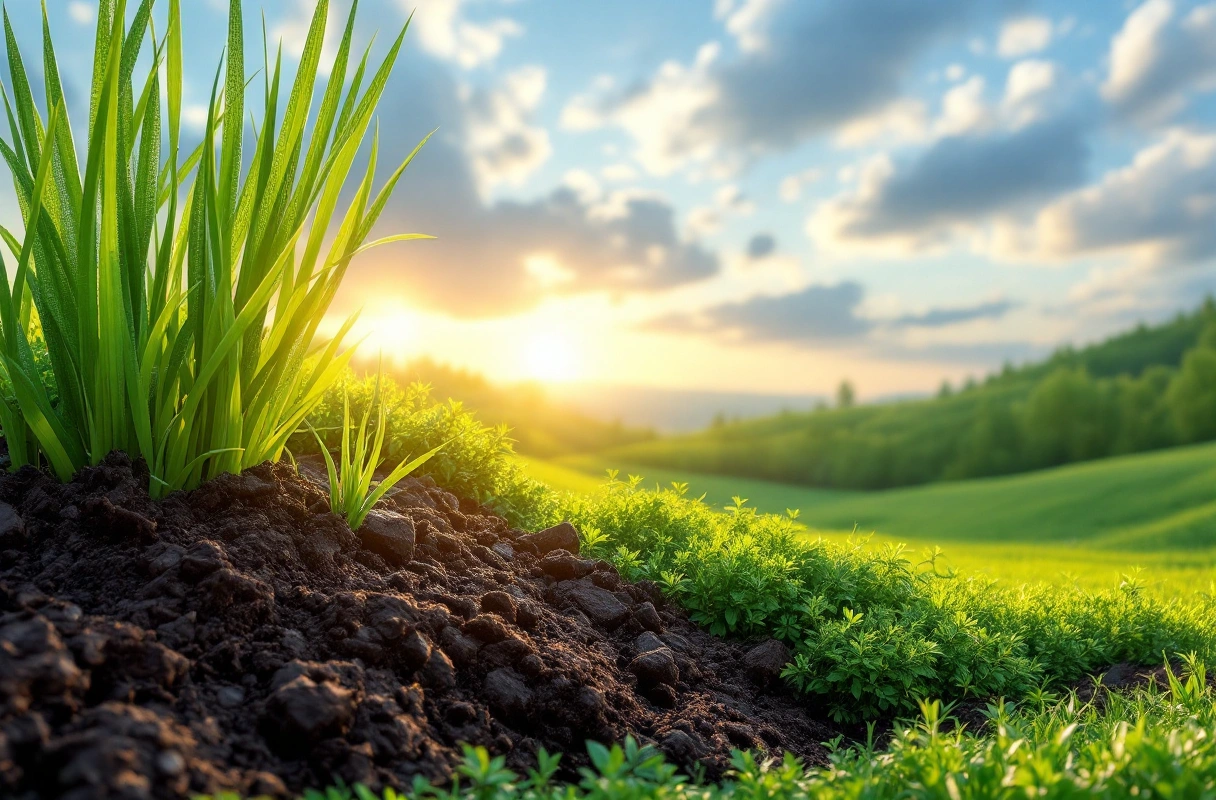
Designing a softscape requires careful planning and consideration of various factors. Here are some essential tips to guide homeowners in Anchorage:
1. Assess Your Site Conditions
Understanding your landscape’s unique characteristics is the first step in designing a beautiful softscape. Consider the following:
-
Sunlight exposure: Identify areas that receive full sun, partial shade, or full shade.
-
Soil quality: Test your soil to determine its pH and nutrient levels.
-
Drainage: Evaluate how water flows through your yard to avoid waterlogged areas.
2. Choose Native Plants
Selecting native plants for your softscape design ensures that your landscape is well-adapted to the local climate and soil conditions. Native plants typically require less maintenance, are more resilient to pests and diseases, and support local wildlife. In Anchorage, consider incorporating:
-
Alaska wildflowers like fireweed and lupine
-
Native shrubs such as salmonberry and black chokeberry
-
Trees like birch and spruce that thrive in the Alaskan environment
3. Create Layered Planting
A visually appealing softscape often features a layered approach to planting. This technique involves placing taller plants at the back or center of a garden bed and gradually decreasing the height towards the front or edges. This not only adds depth to your landscape but also ensures that all plants receive adequate sunlight.
4. Incorporate Hardscape Elements
While softscape focuses on living plants, integrating hardscape elements can enhance the overall design. Consider adding:
-
Walkways made of pavers or stones to guide visitors through your garden
-
Retaining walls for elevation changes and to create defined spaces
-
Decorative features like arbors or trellises to support climbing plants
5. Plan for Seasonal Interest
Anchorage experiences distinct seasons, and a well-designed softscape should offer interest throughout the year. Include a mix of evergreen plants for year-round greenery, as well as perennials that bloom in different seasons. This approach ensures that your landscape remains vibrant and engaging regardless of the time of year.
Common Mistakes to Avoid in Softscape Design
Overcrowding Plants
One frequent mistake in softscape design is overcrowding plants, leading to competition for resources and stunted growth. Ensure that you provide adequate spacing between plants based on their mature size to promote healthy development.
Ignoring Maintenance Needs
Every plant has unique maintenance requirements. Failing to consider the upkeep needed for each species can lead to an overgrown or poorly maintained landscape. Research the maintenance needs of your selected plants and incorporate this into your design plan.
Neglecting Soil Health
Healthy soil is the foundation of a successful softscape. Ignoring soil quality and health can lead to poor plant growth. Regularly test your soil and amend it with organic materials, such as compost or high-quality topsoil, to maintain nutrient levels.
The Importance of Quality Topsoil in Anchorage
Nutrient-Rich Foundation
Quality topsoil is critical for the success of any landscaping project. It provides the nutrients necessary for plant growth and helps retain moisture, which is particularly important in Anchorage’s fluctuating climate. When selecting topsoil, look for a blend that includes organic matter, such as compost or well-rotted manure, to enhance its nutrient content.
Improved Drainage and Aeration
Good topsoil facilitates proper drainage and aeration, which are essential for healthy root development. Poor drainage can lead to waterlogged soil, promoting root rot and other plant diseases. Ensure that the topsoil you use is well-structured and has a balanced texture to support optimal drainage.
Supporting Local Ecosystems
Using high-quality topsoil can enhance the local ecosystem by providing a habitat for beneficial microorganisms and earthworms. These organisms play a vital role in breaking down organic matter and improving soil structure, which benefits plant health.
Integrating Softscape and Topsoil Services for Optimal Results
The combination of softscape and topsoil services in Anchorage can create a thriving and visually appealing landscape. Here are some strategies to integrate these services effectively:
Coordinate Planning and Installation
When planning your landscaping project, coordinate the softscape and topsoil services to ensure that the soil is prepared before planting. This approach allows for better integration of plants and soil, resulting in a healthier landscape.
Consult Professionals
Engaging professionals who specialize in landscape design and installation can provide valuable insights and expertise. They can assess your site conditions, recommend suitable plants, and ensure that high-quality topsoil is used to support your landscaping goals.
Implement a Maintenance Schedule
After installation, establish a maintenance schedule that includes both softscape upkeep and soil health monitoring. Regularly check for signs of nutrient deficiencies in the soil and adjust as necessary to promote a thriving landscape.
The Role of Titan in Your Landscaping Journey
Expert Services for Homeowners in Anchorage
Titan is committed to providing high-quality softscape and topsoil services in Anchorage. Our team of experienced professionals understands the unique challenges of landscaping in the Alaskan climate and can help you create a beautiful outdoor space tailored to your needs. Whether you are looking to enhance your garden, install new plants, or prepare your soil, Titan is here to assist you.
A Partner for Sustainable Landscaping
By choosing Titan, you are partnering with a company that prioritizes sustainability and quality. We emphasize using native plants and high-quality topsoil to ensure that your landscape thrives while supporting the local ecosystem. Our expertise in landscape design and installation will help you achieve the outdoor space you’ve always envisioned.
Maximizing Your Softscape and Topsoil Experience
As a homeowner in Anchorage or the Mat-Su Valley, investing in softscape and topsoil services can significantly enhance your property. Understanding the differences between these services, along with the tips provided, will empower you to make informed decisions.
If you’re ready to transform your outdoor space with reliable landscape design, retaining walls, paver walkways, and more, visit our website or contact us today. Titan is here to help you achieve your landscaping goals with expert services tailored to your unique needs.
